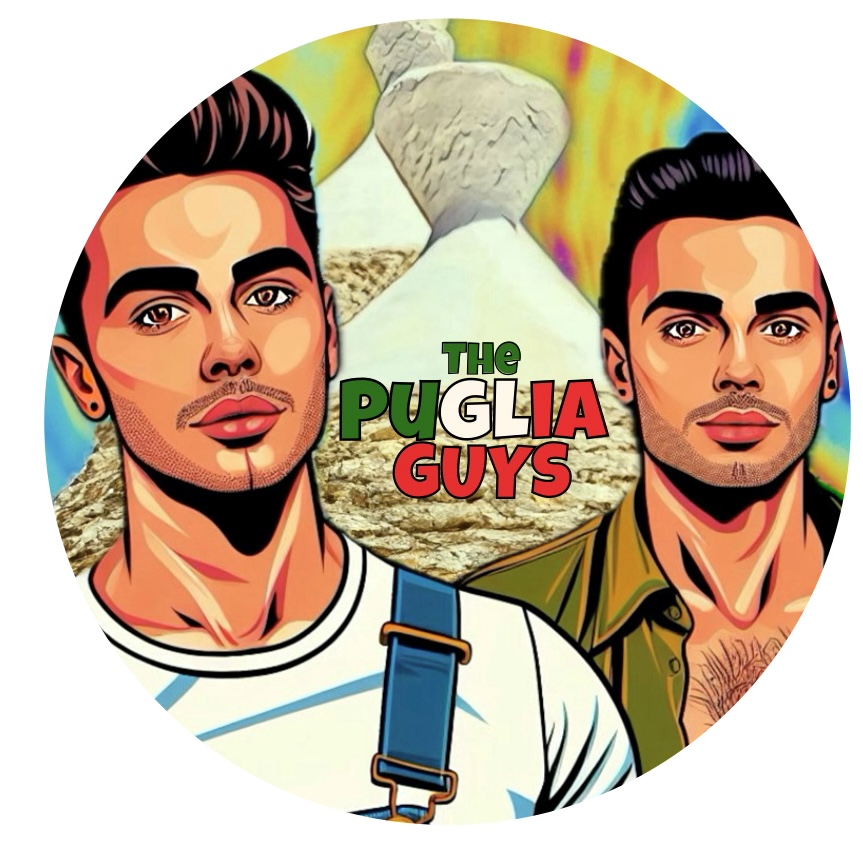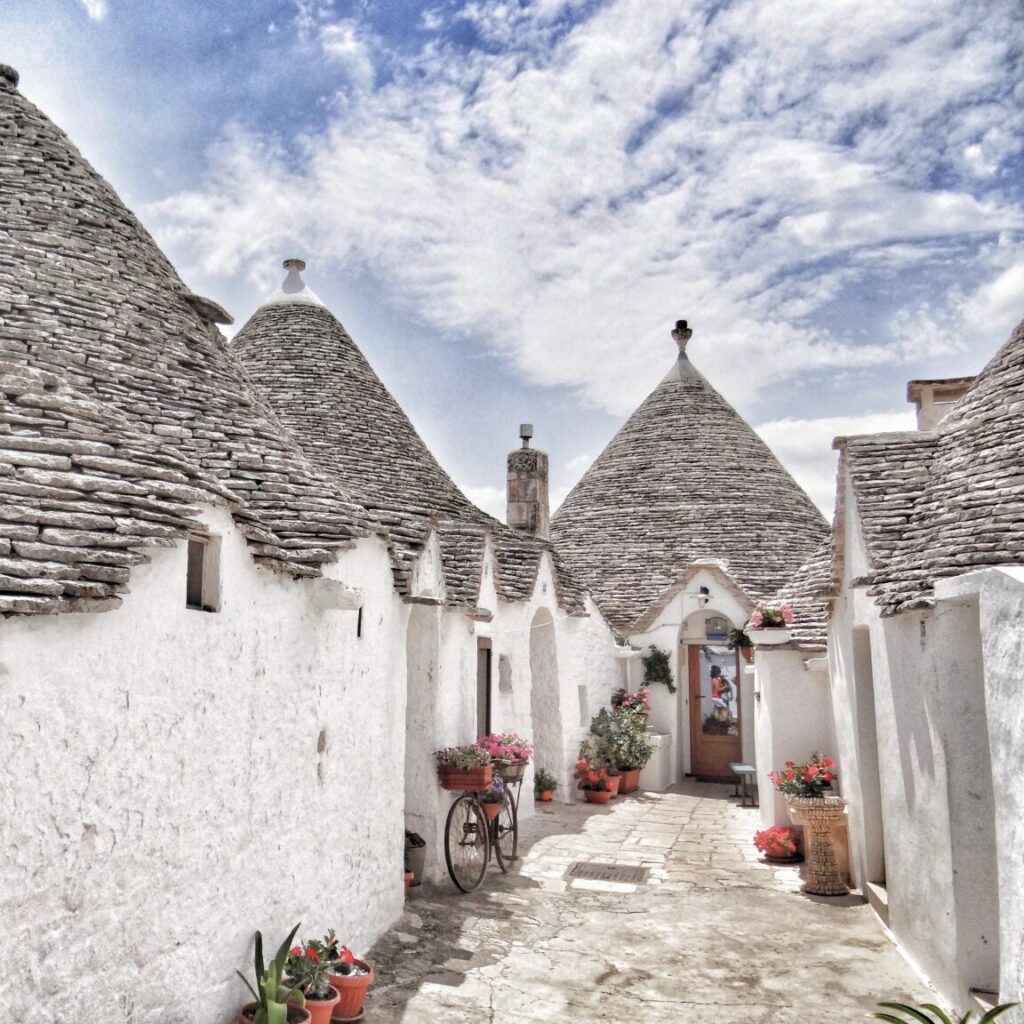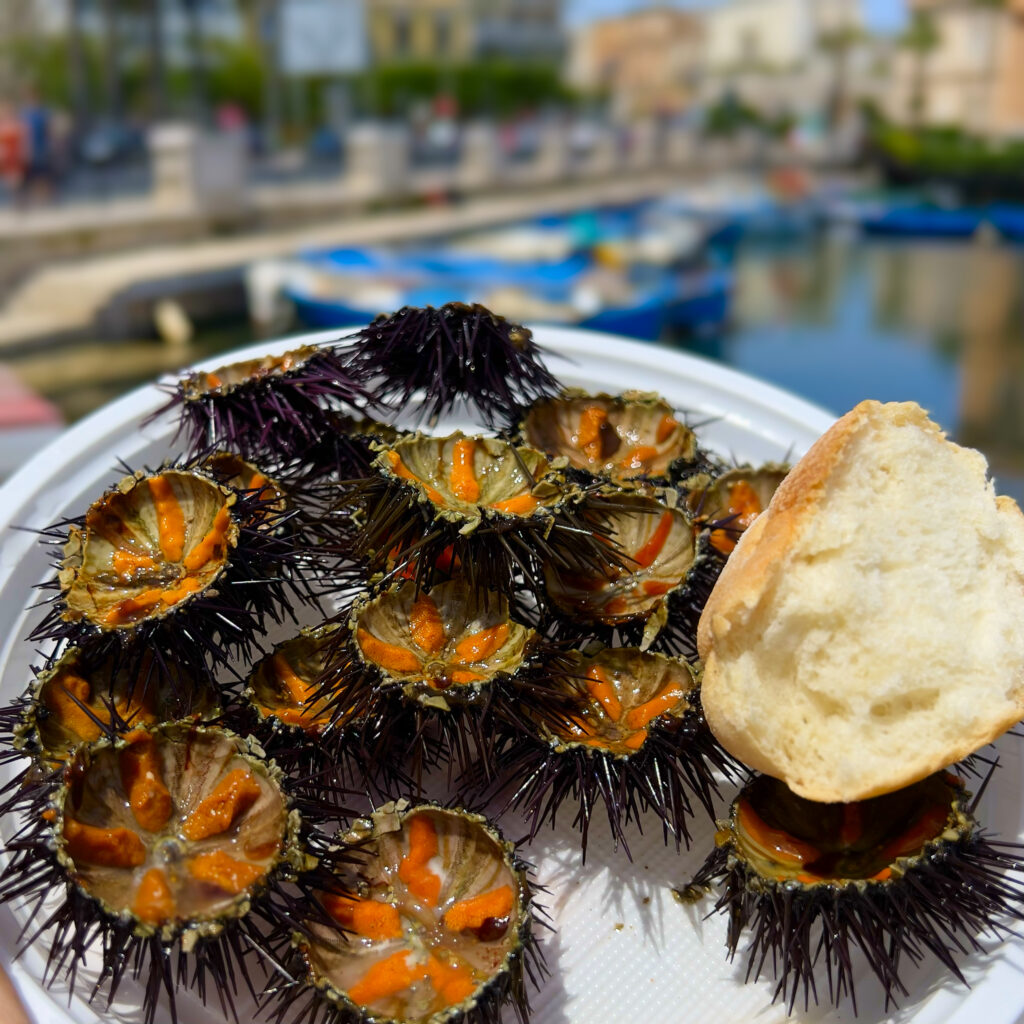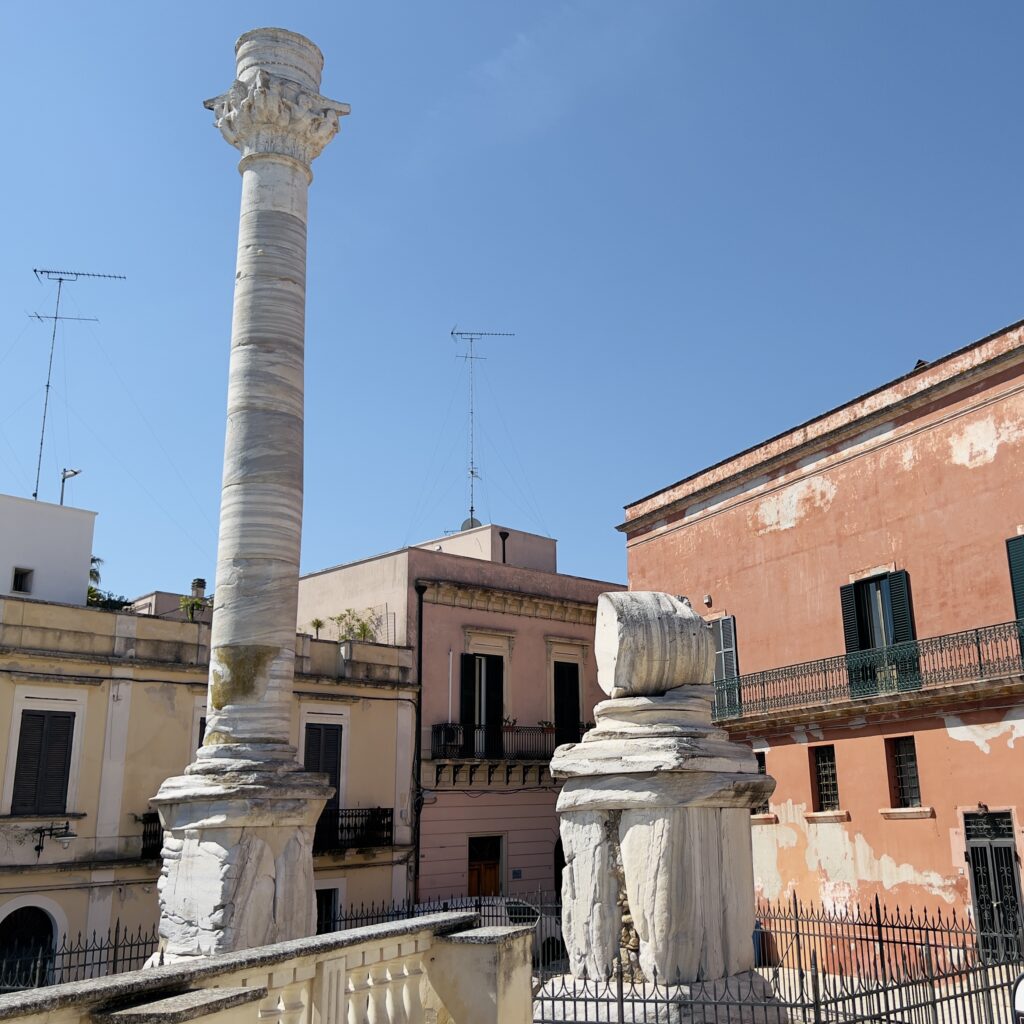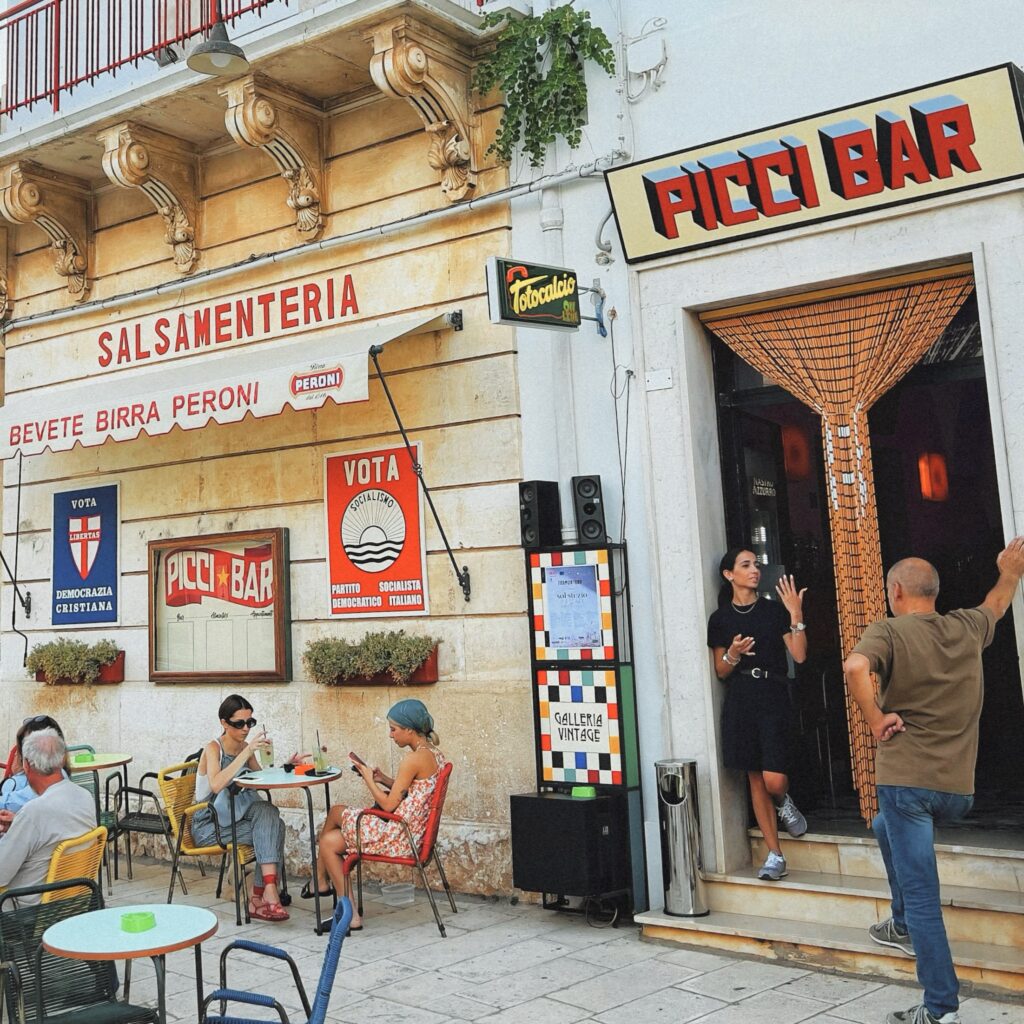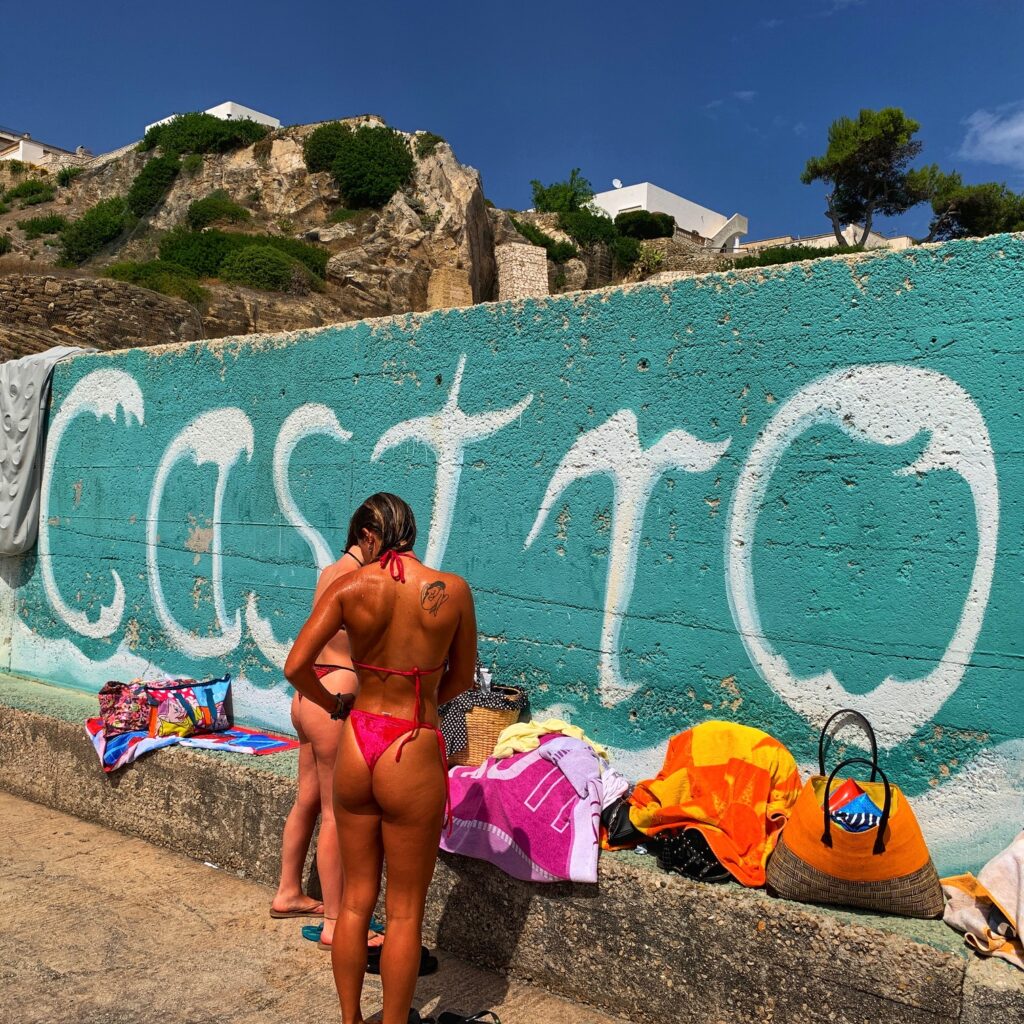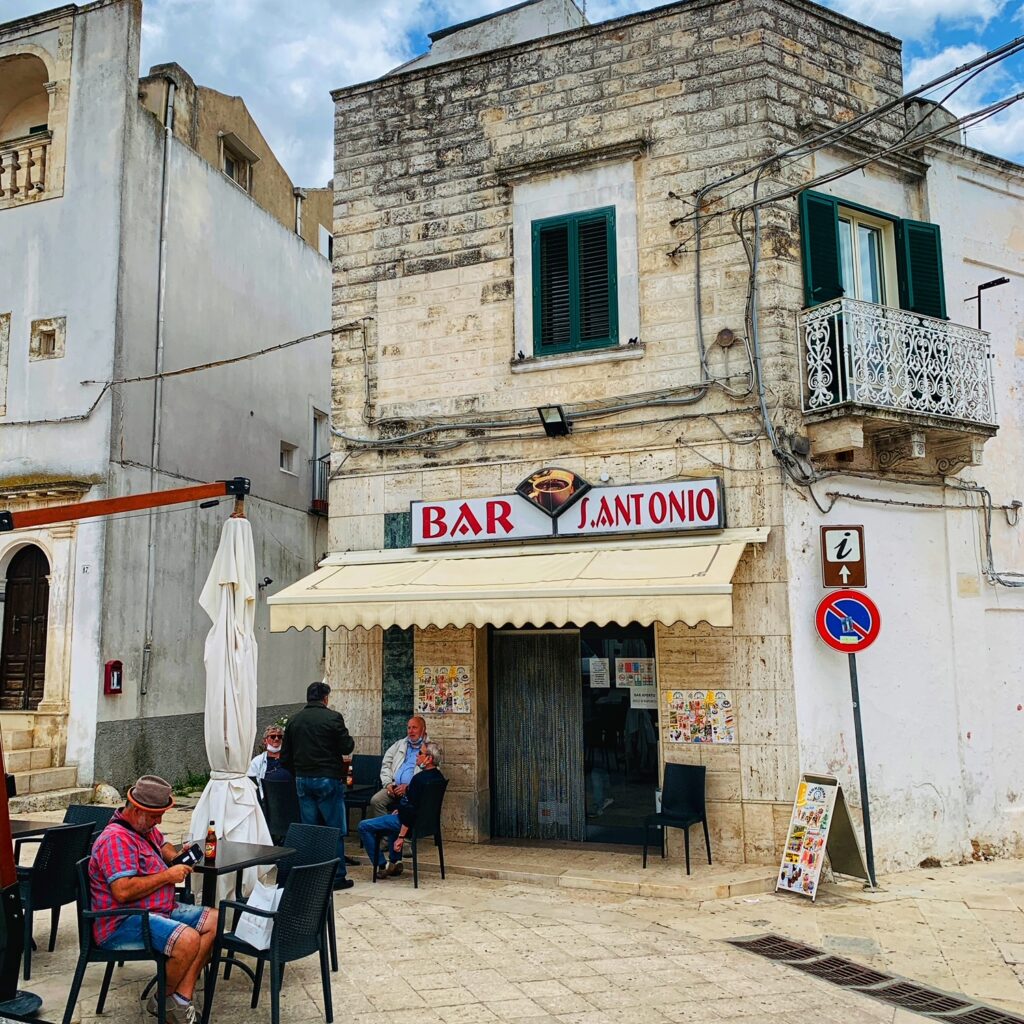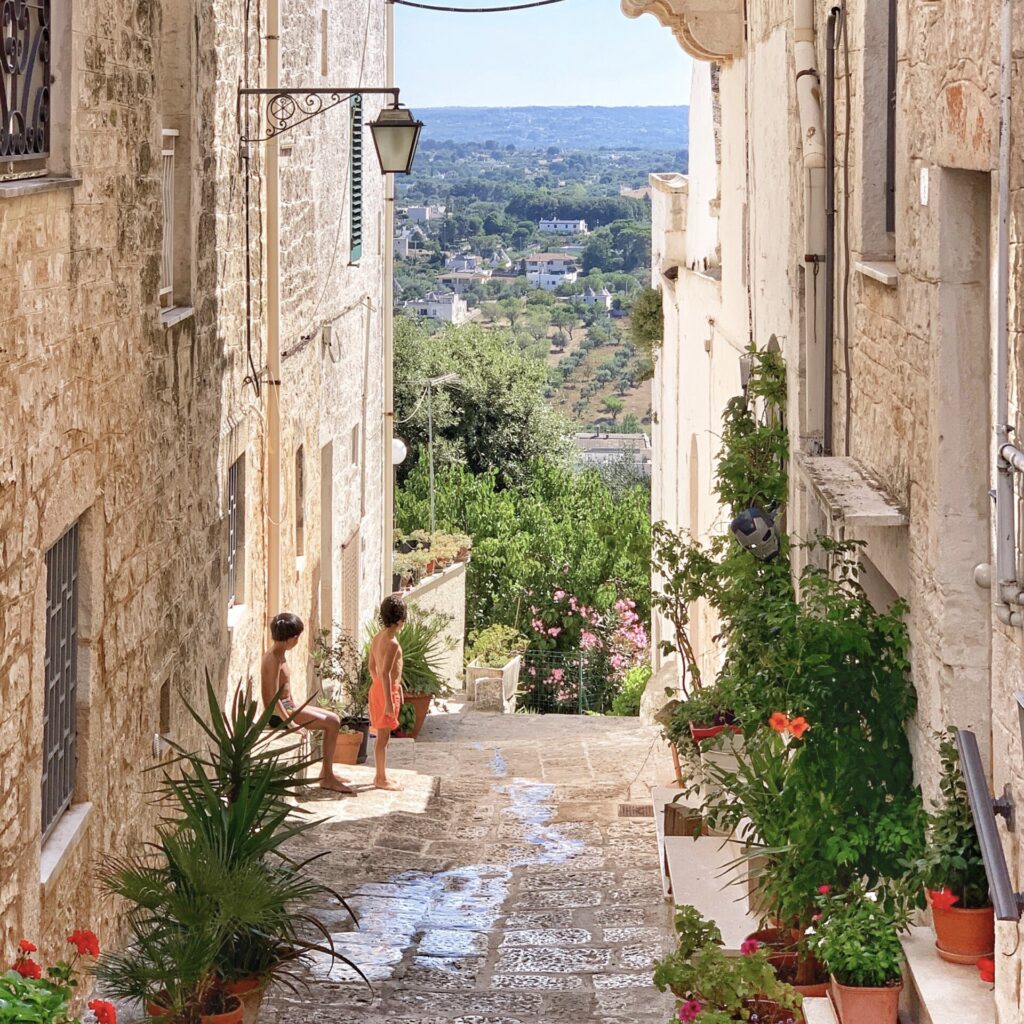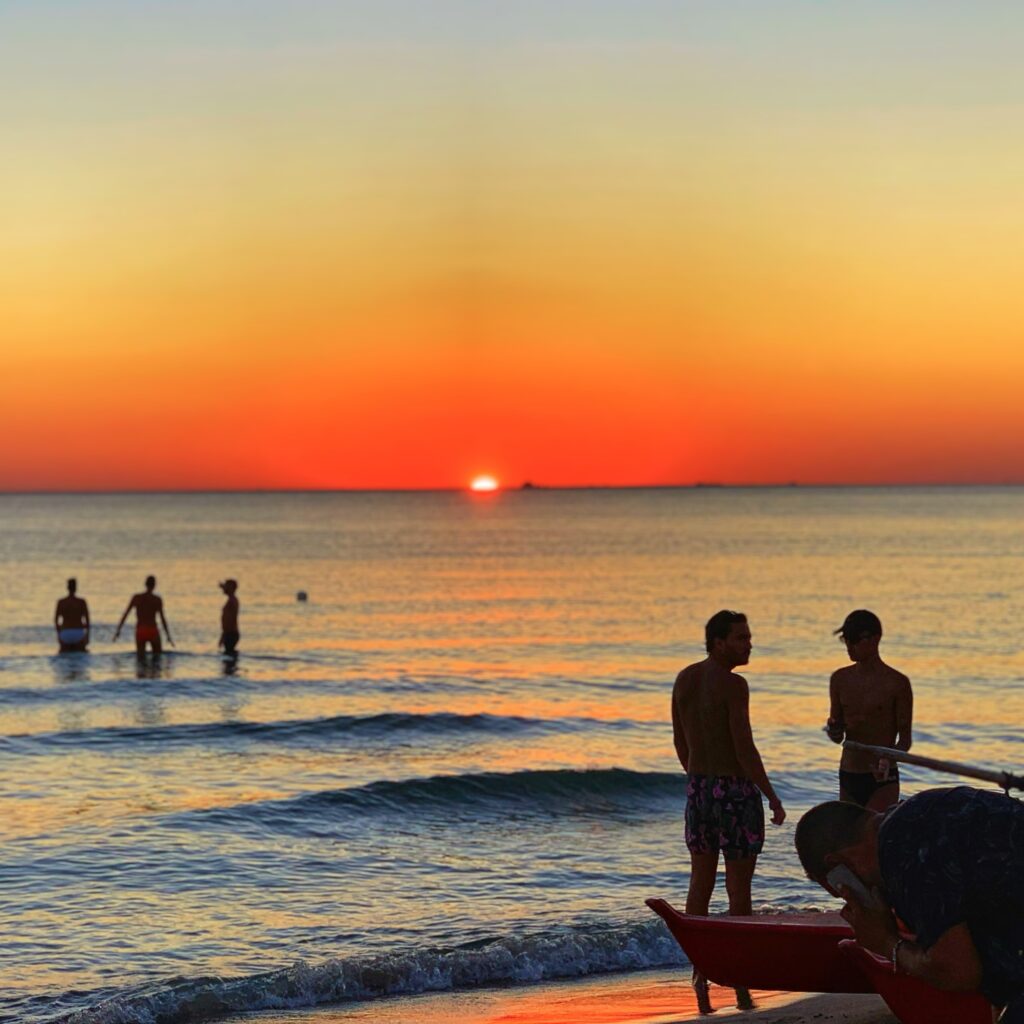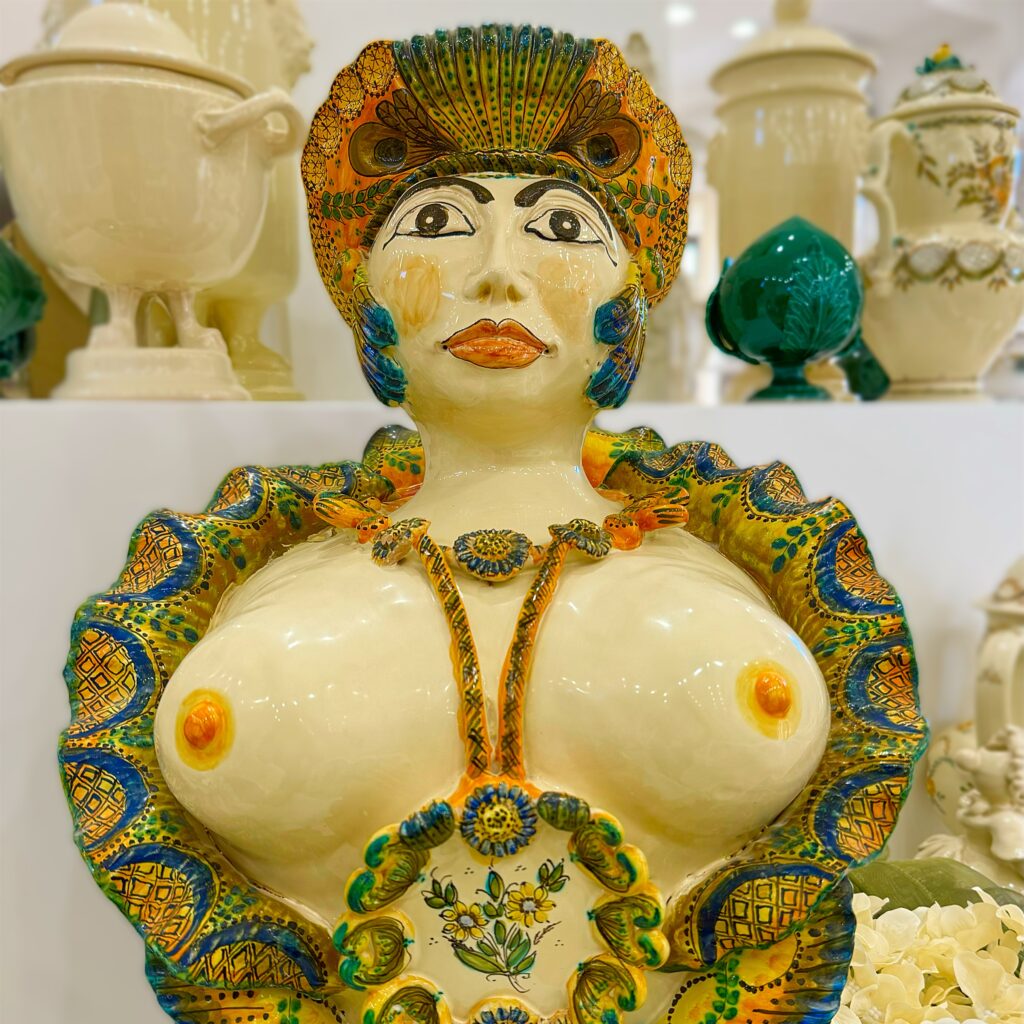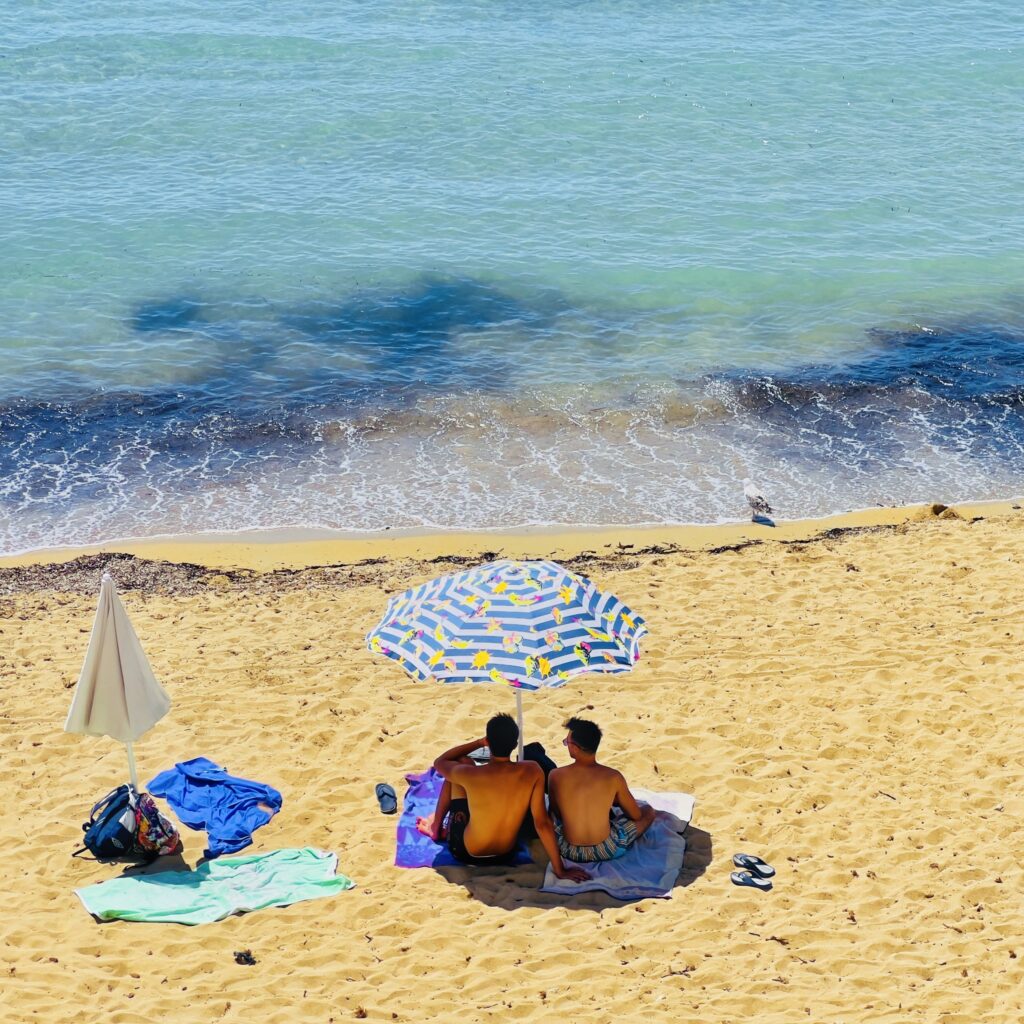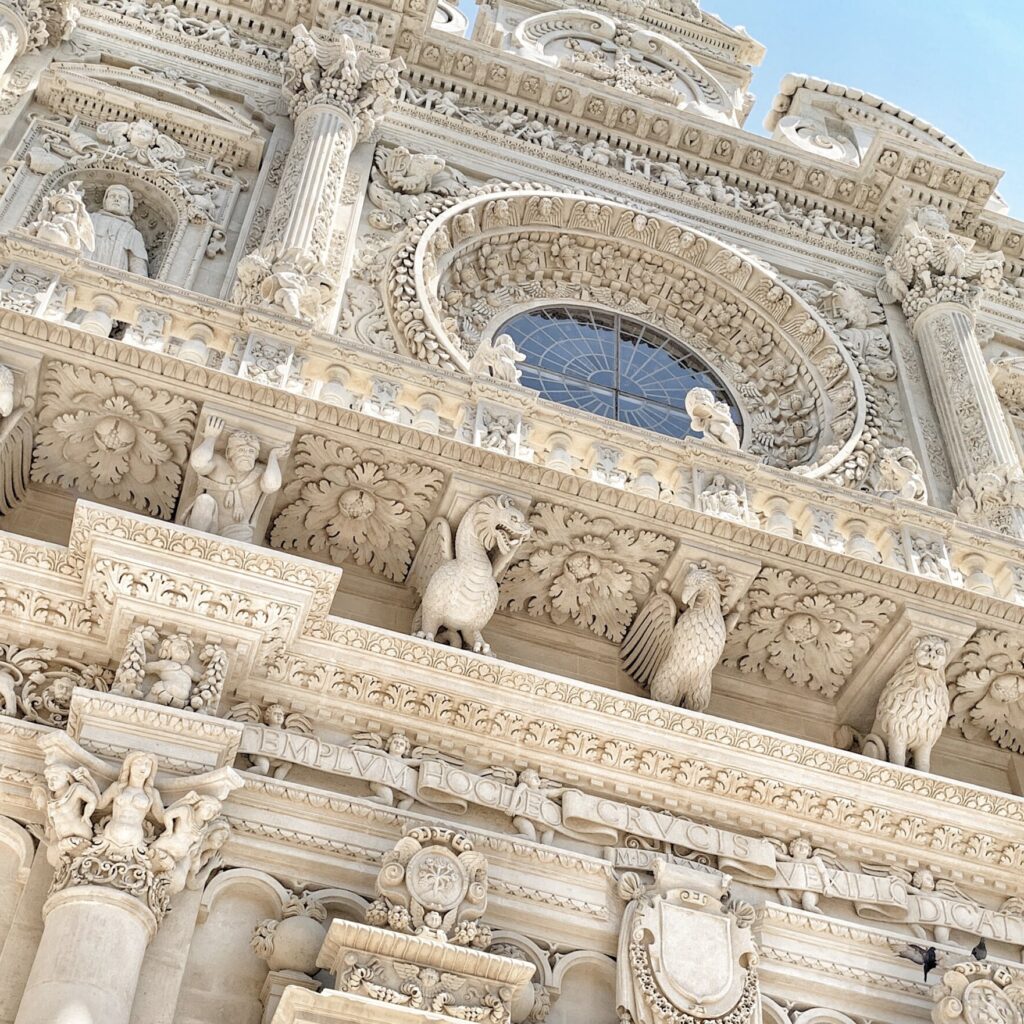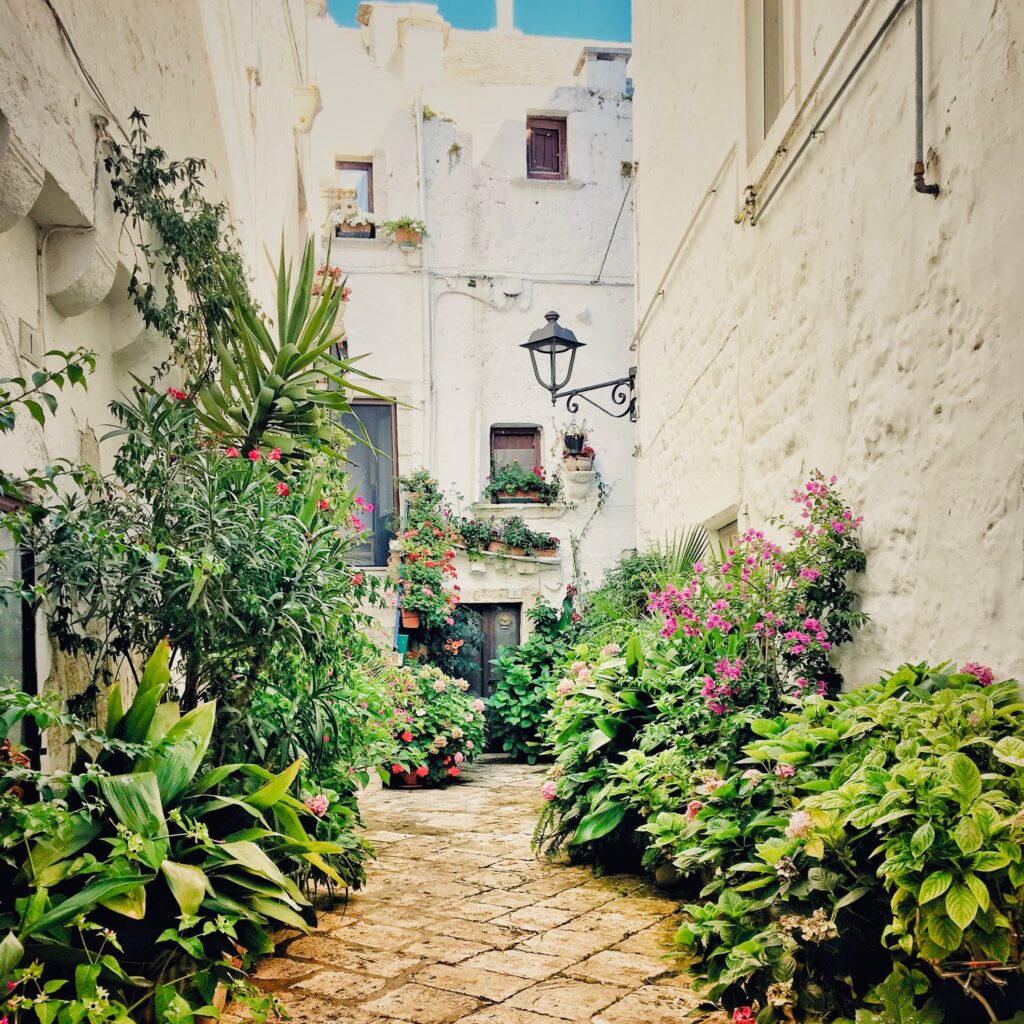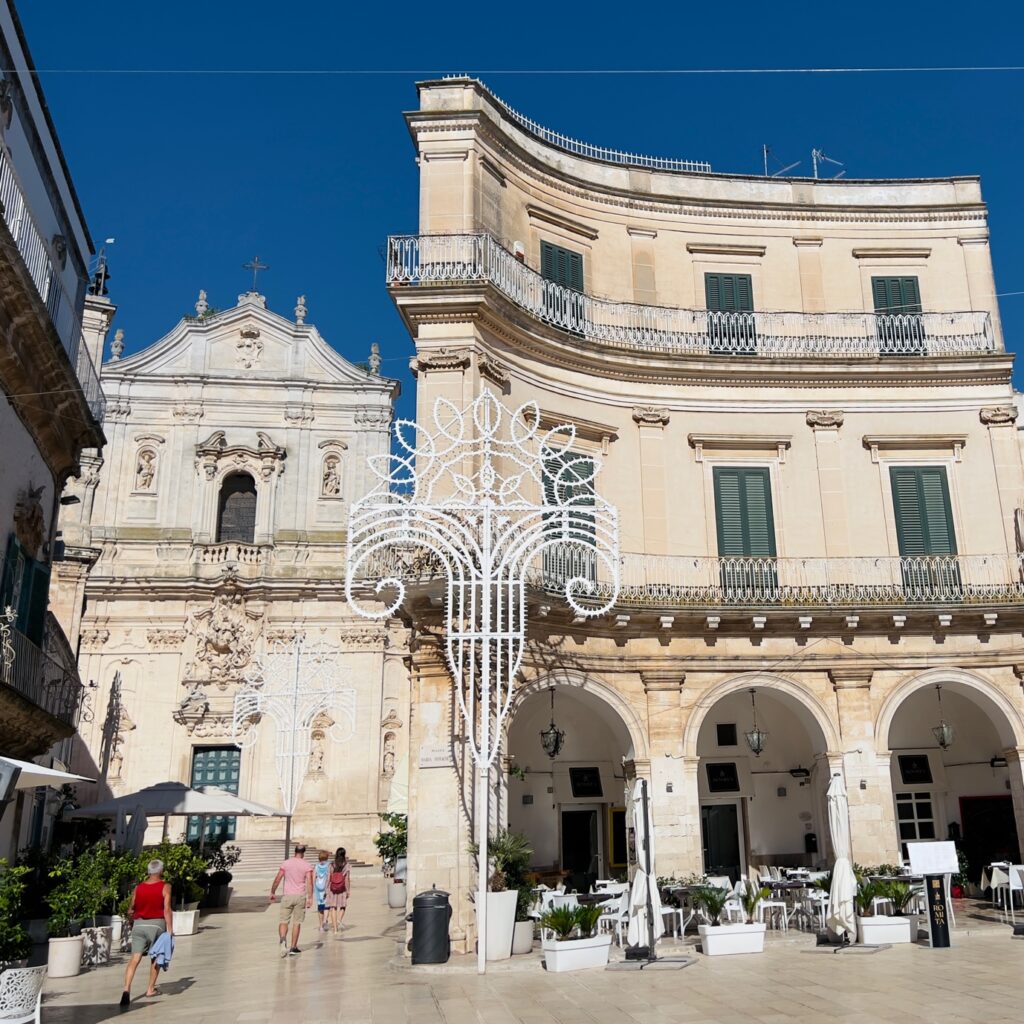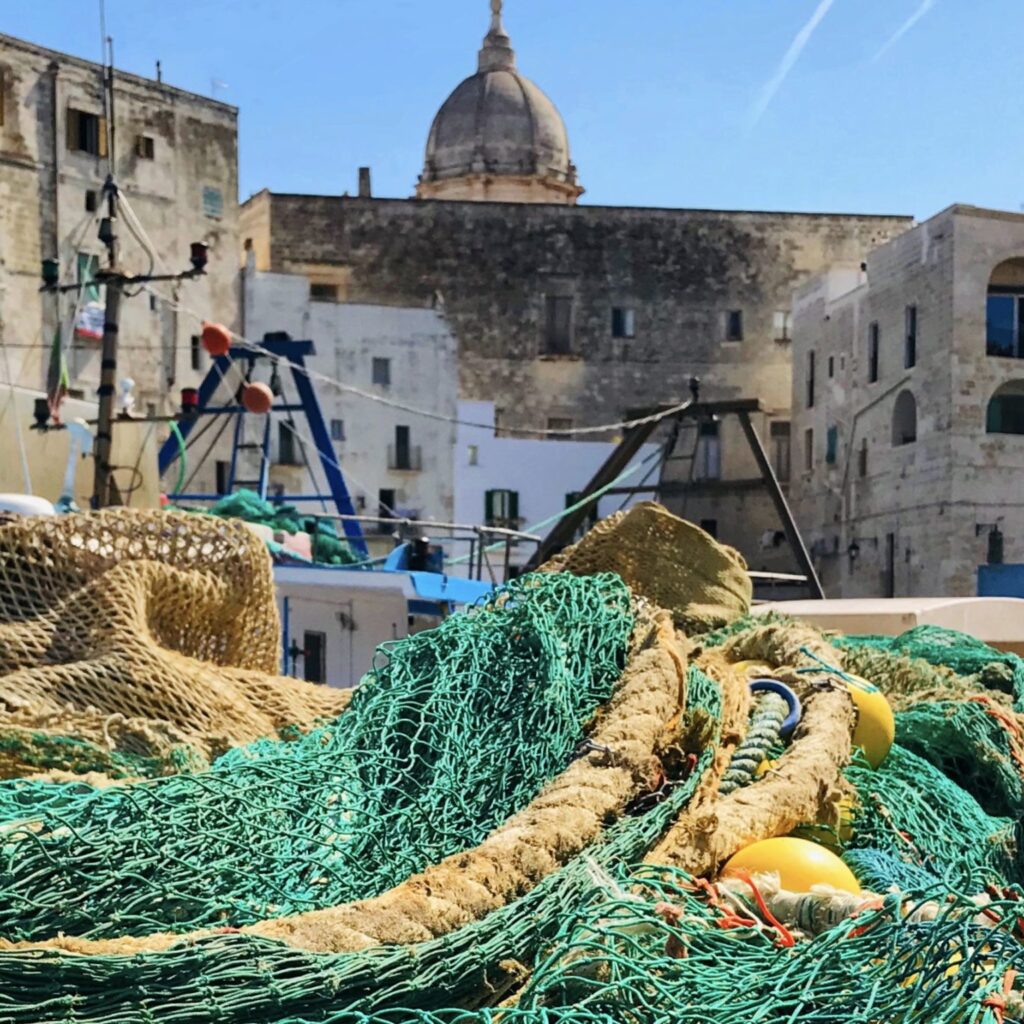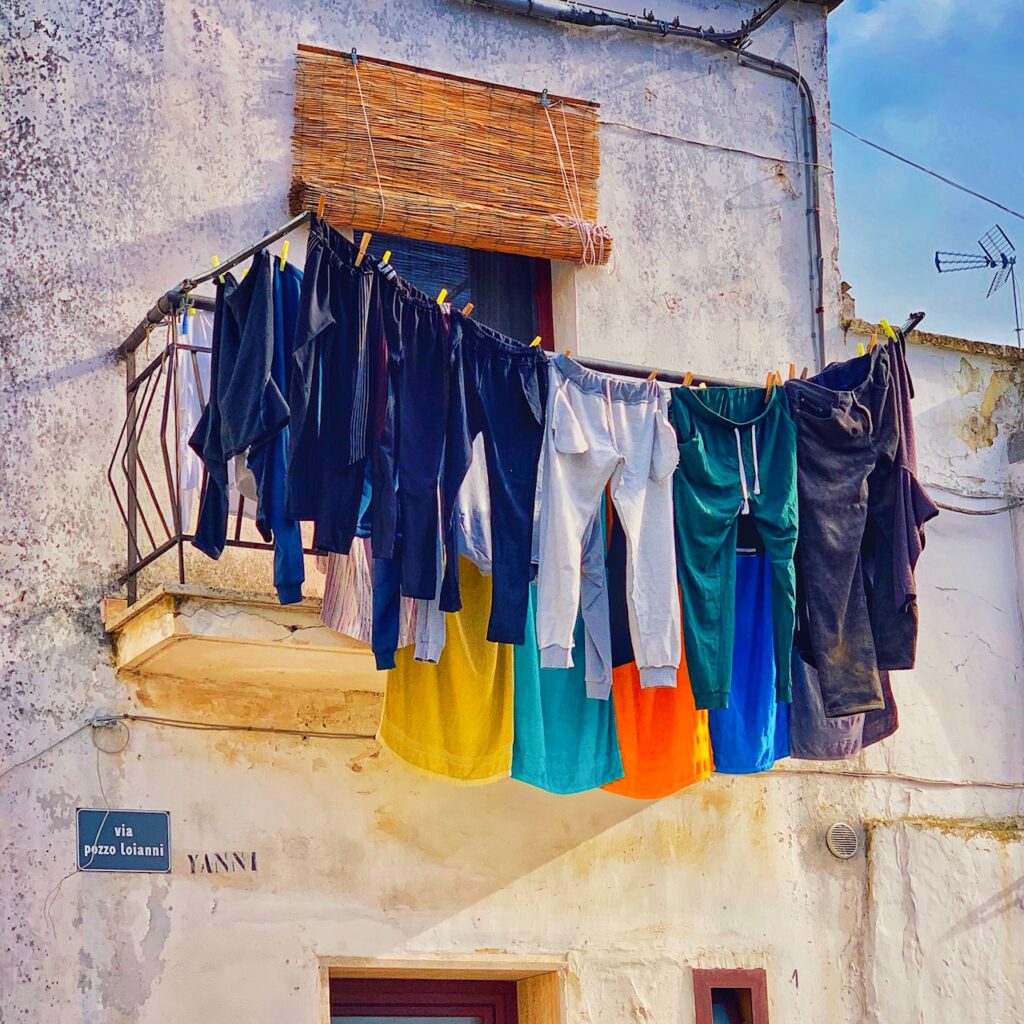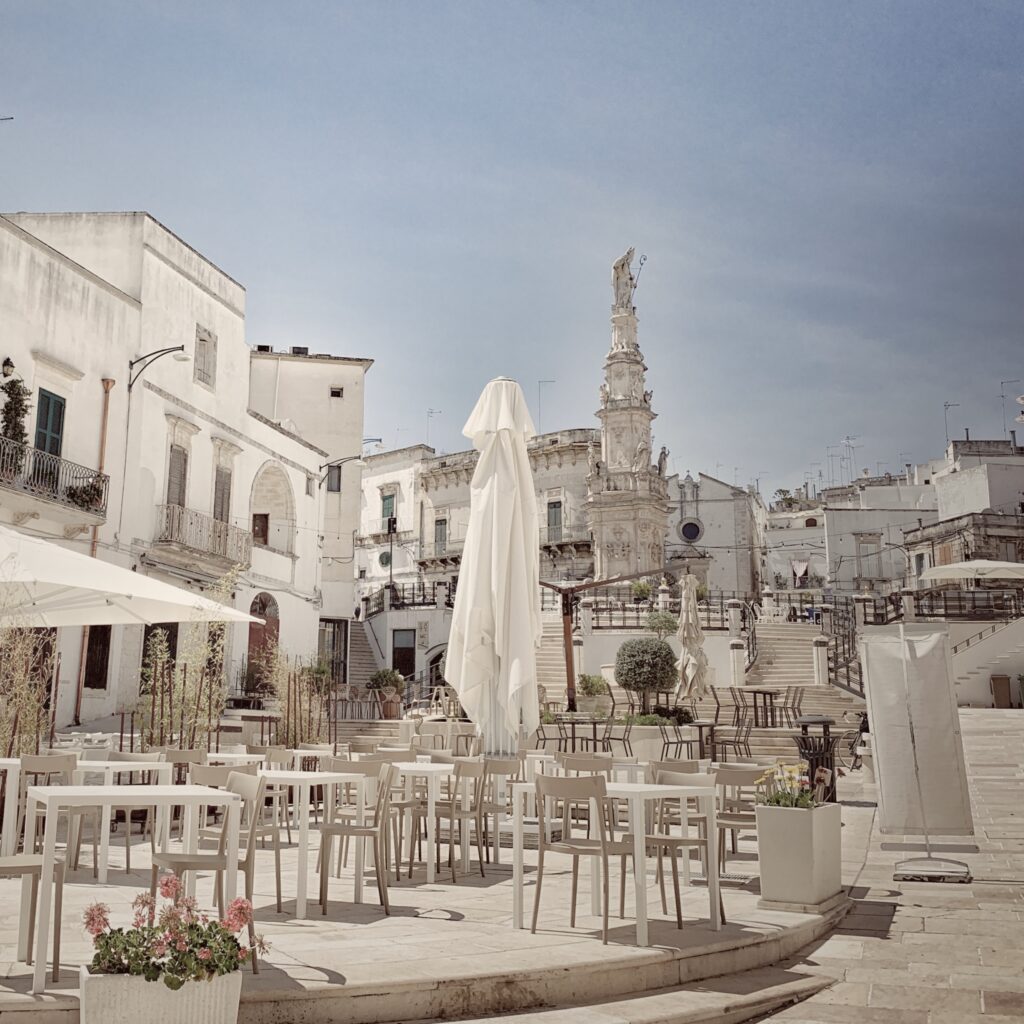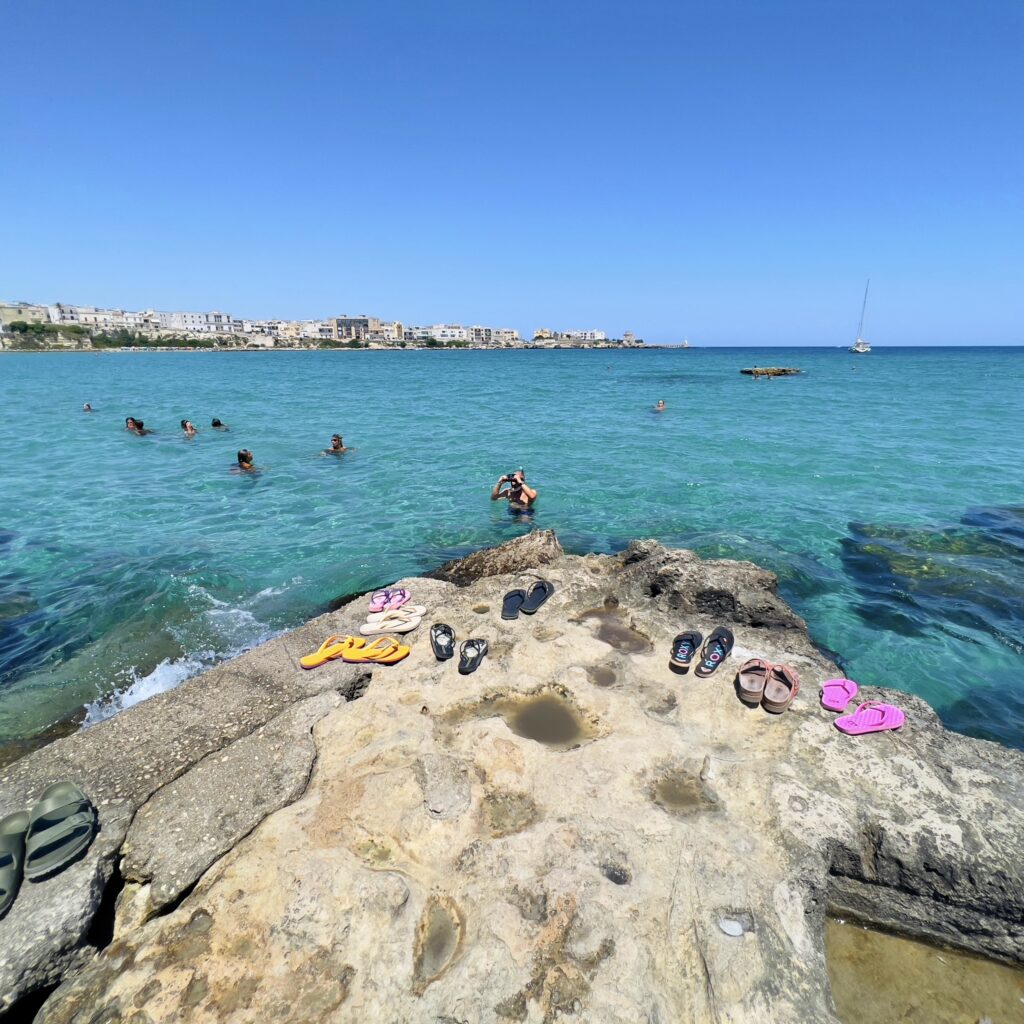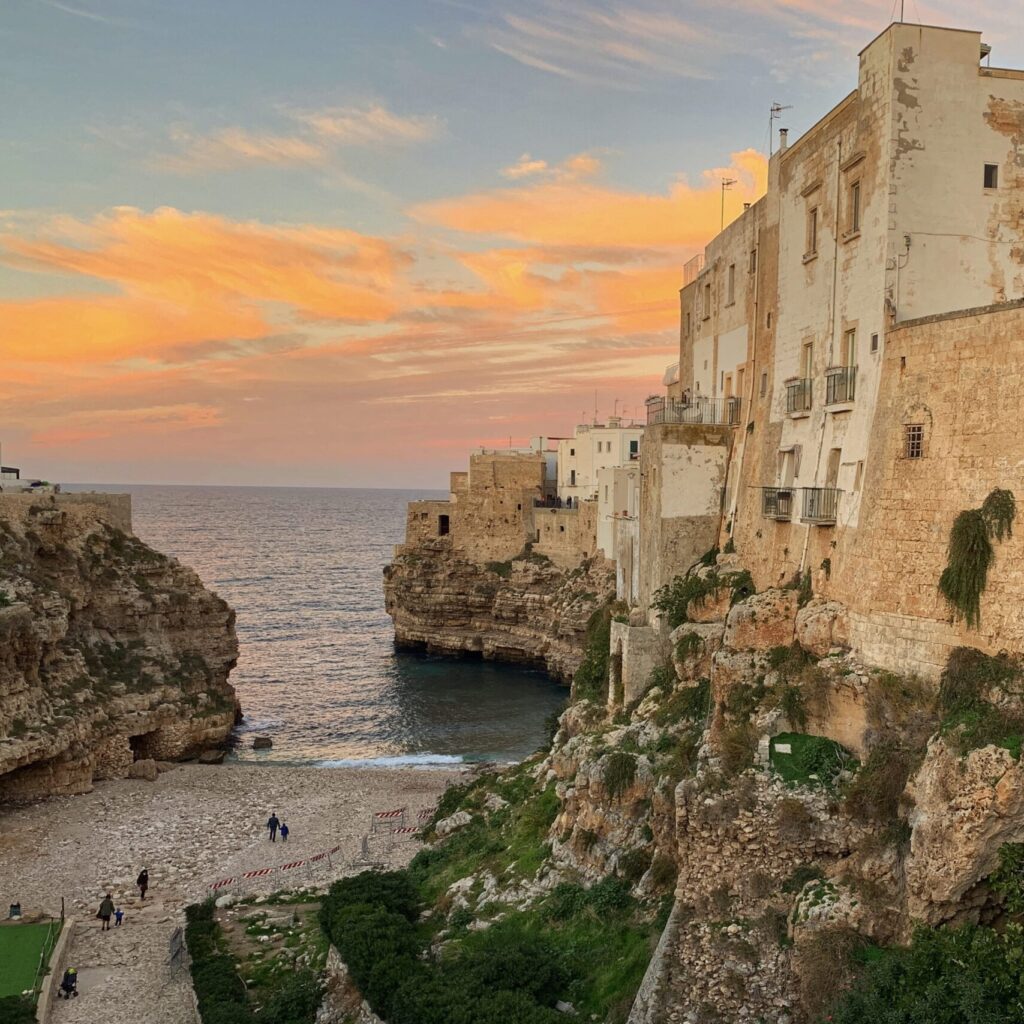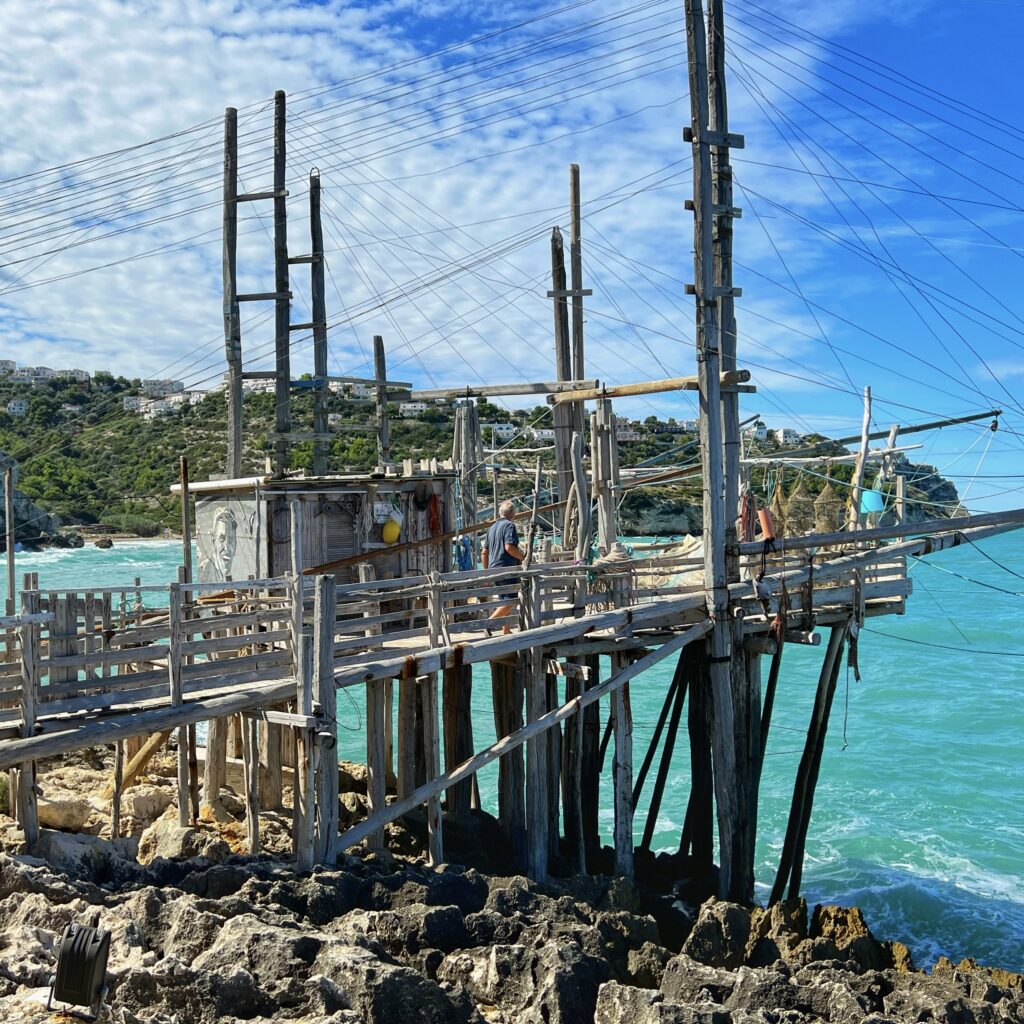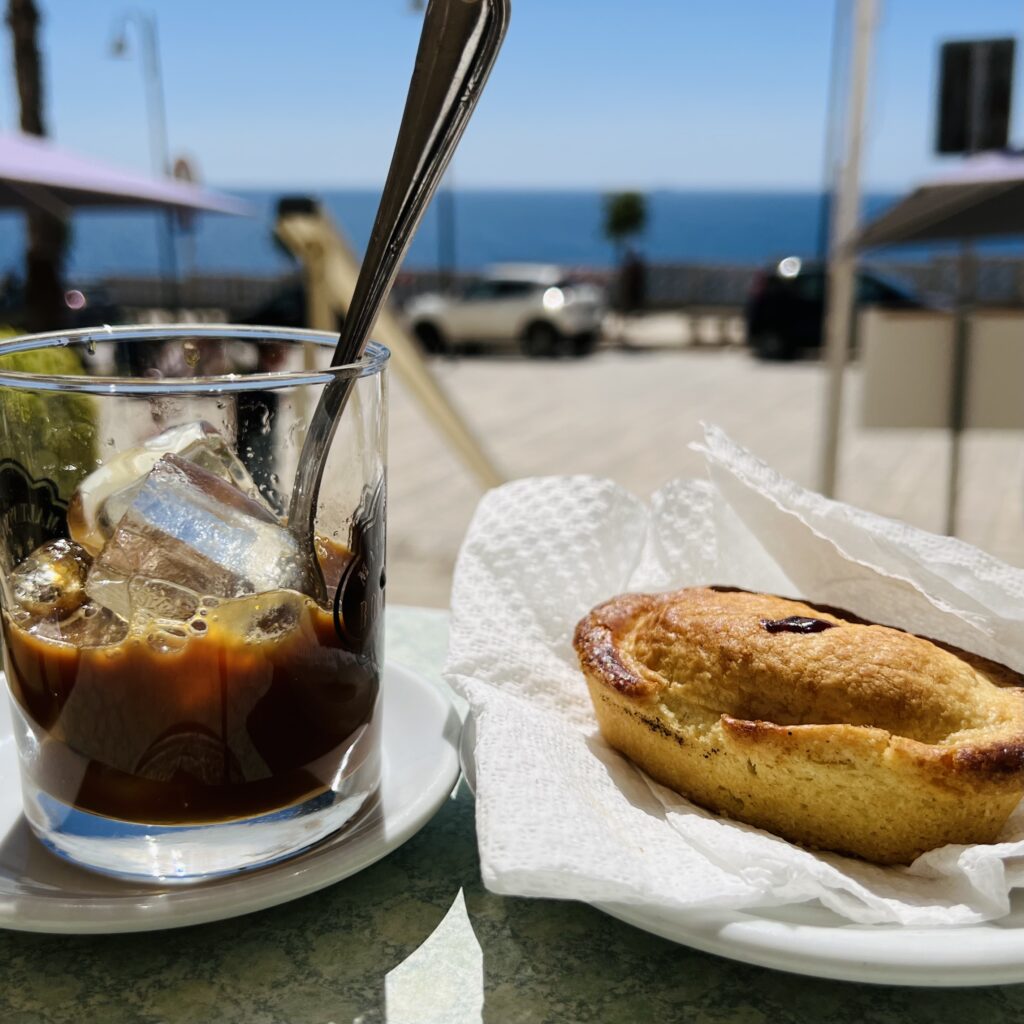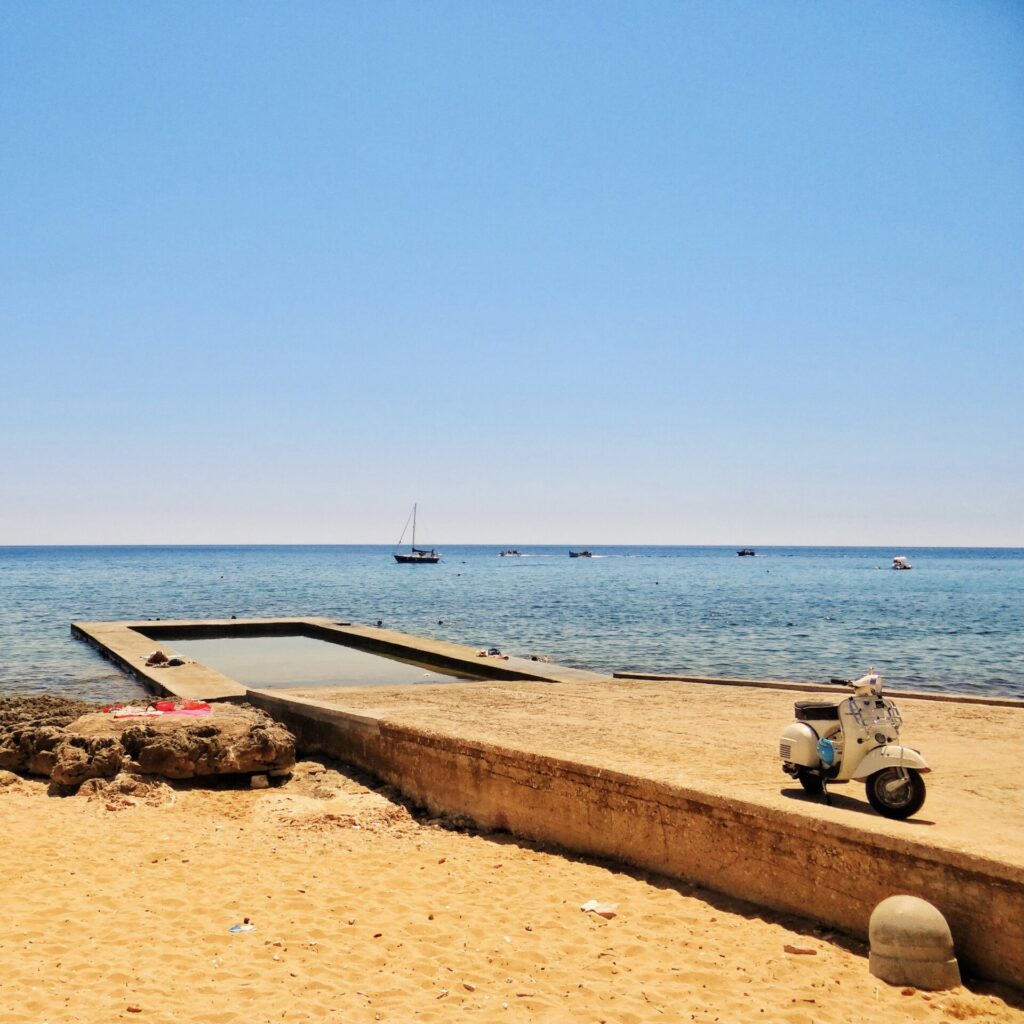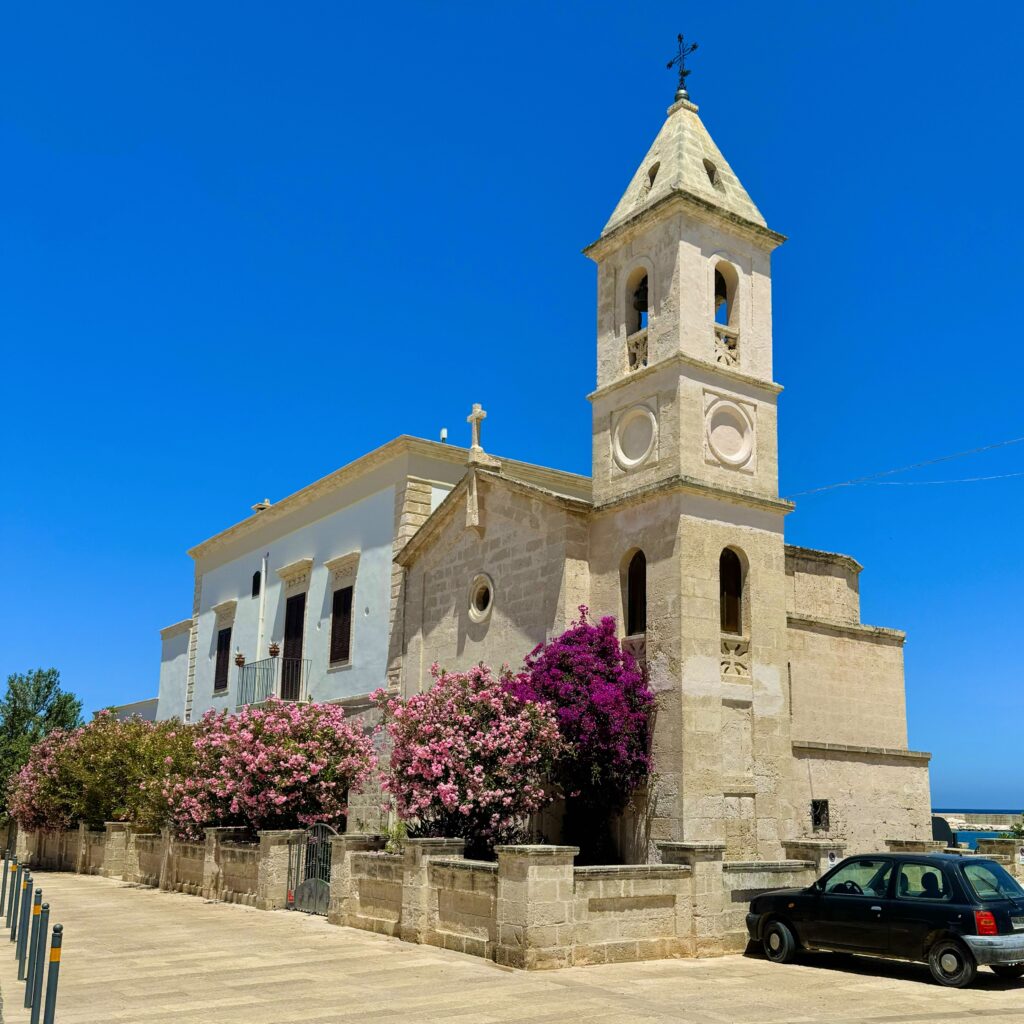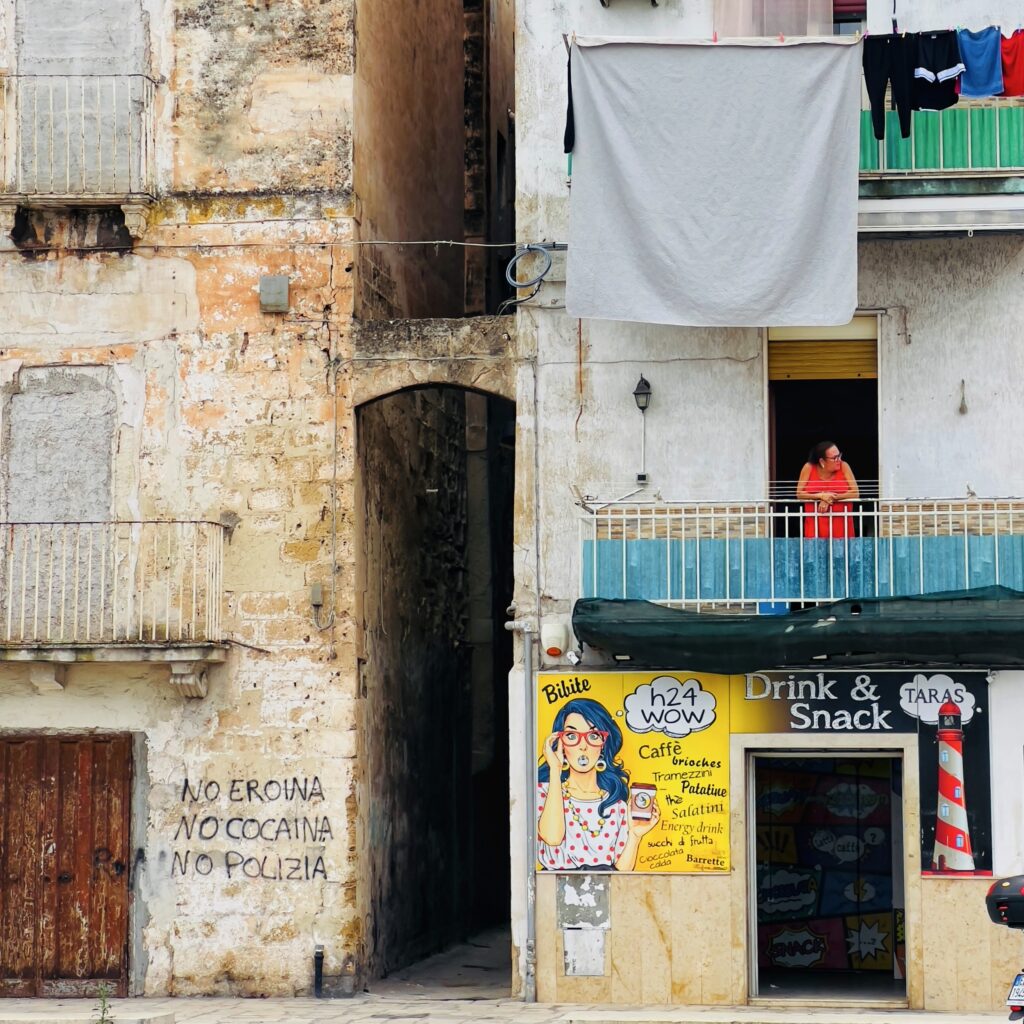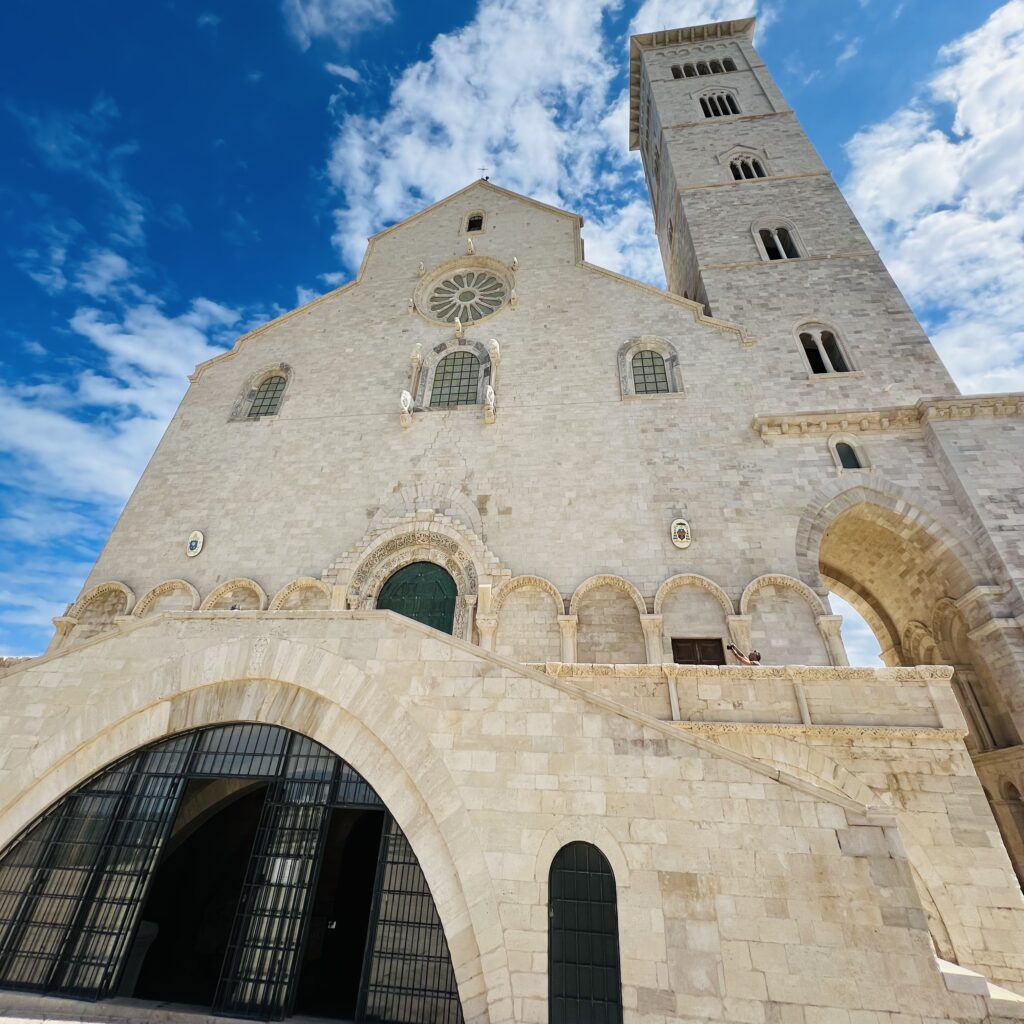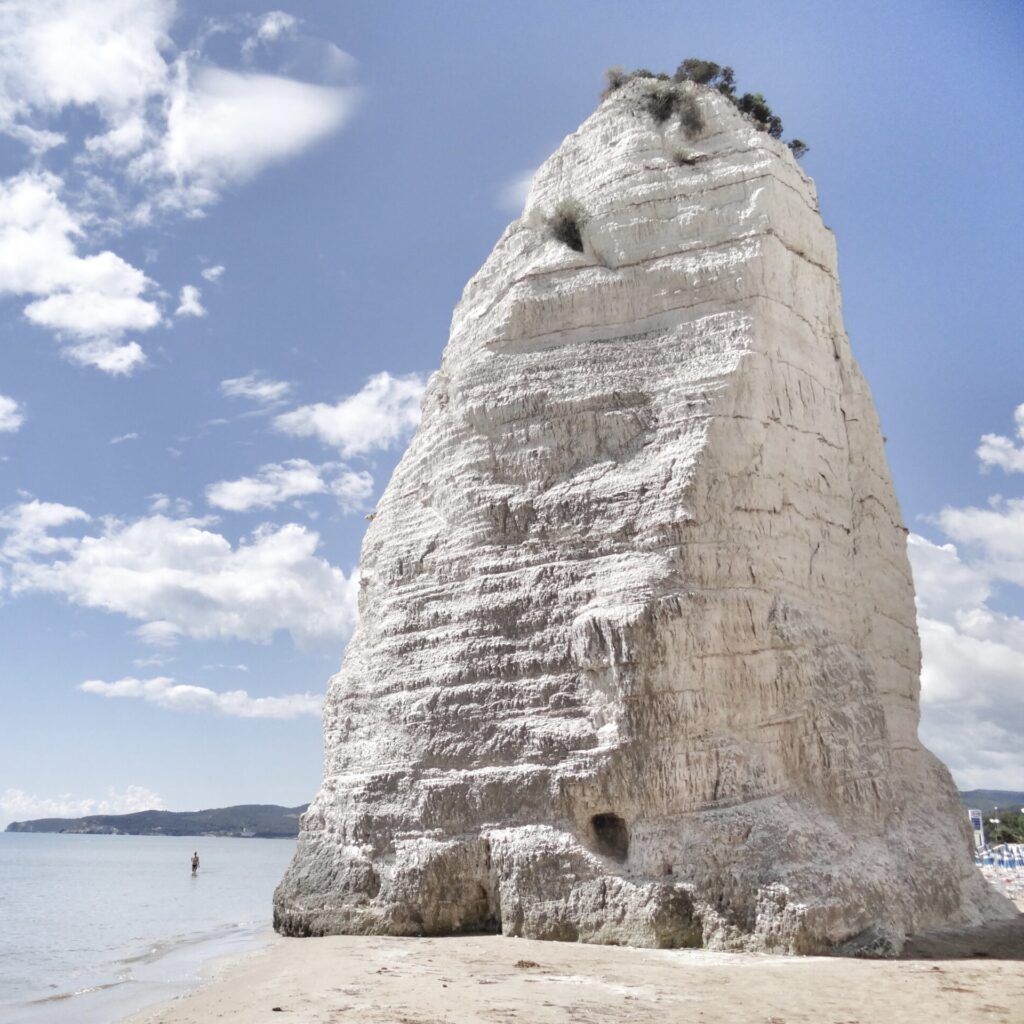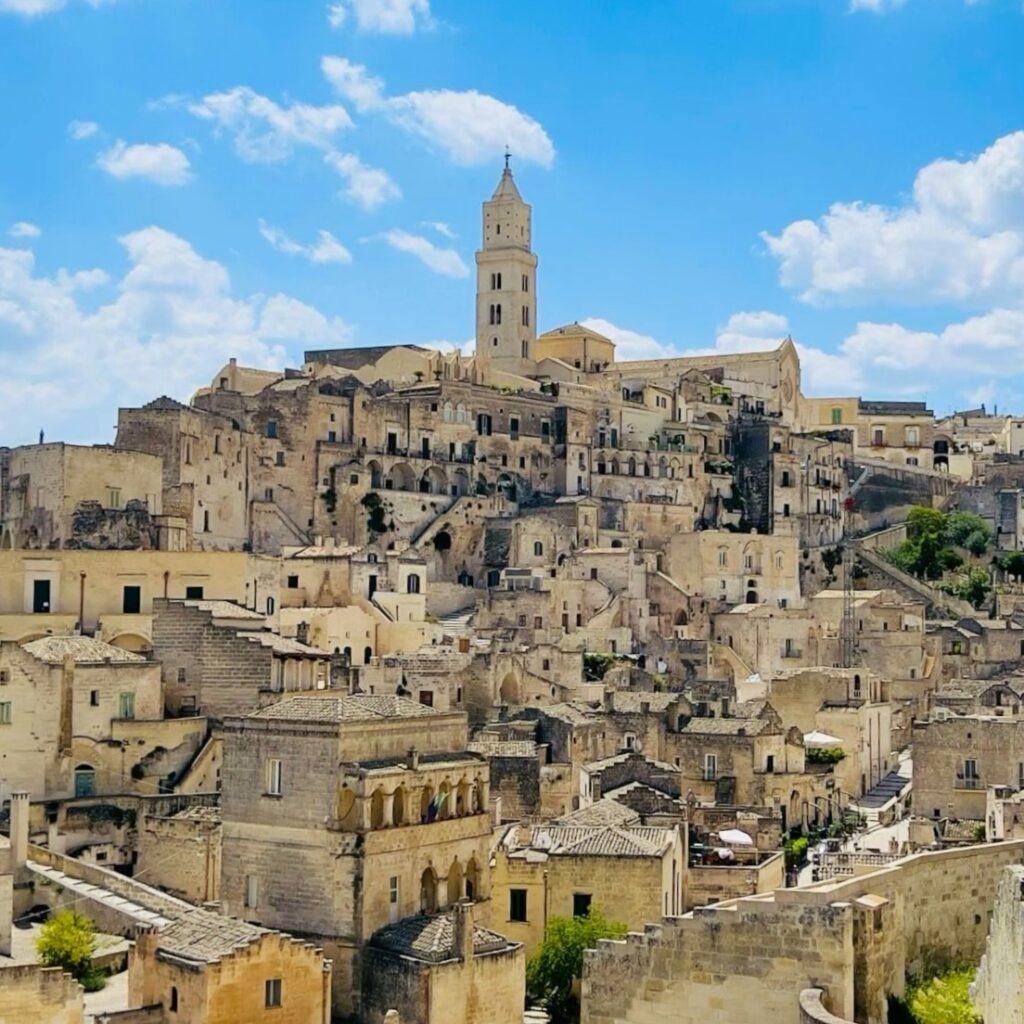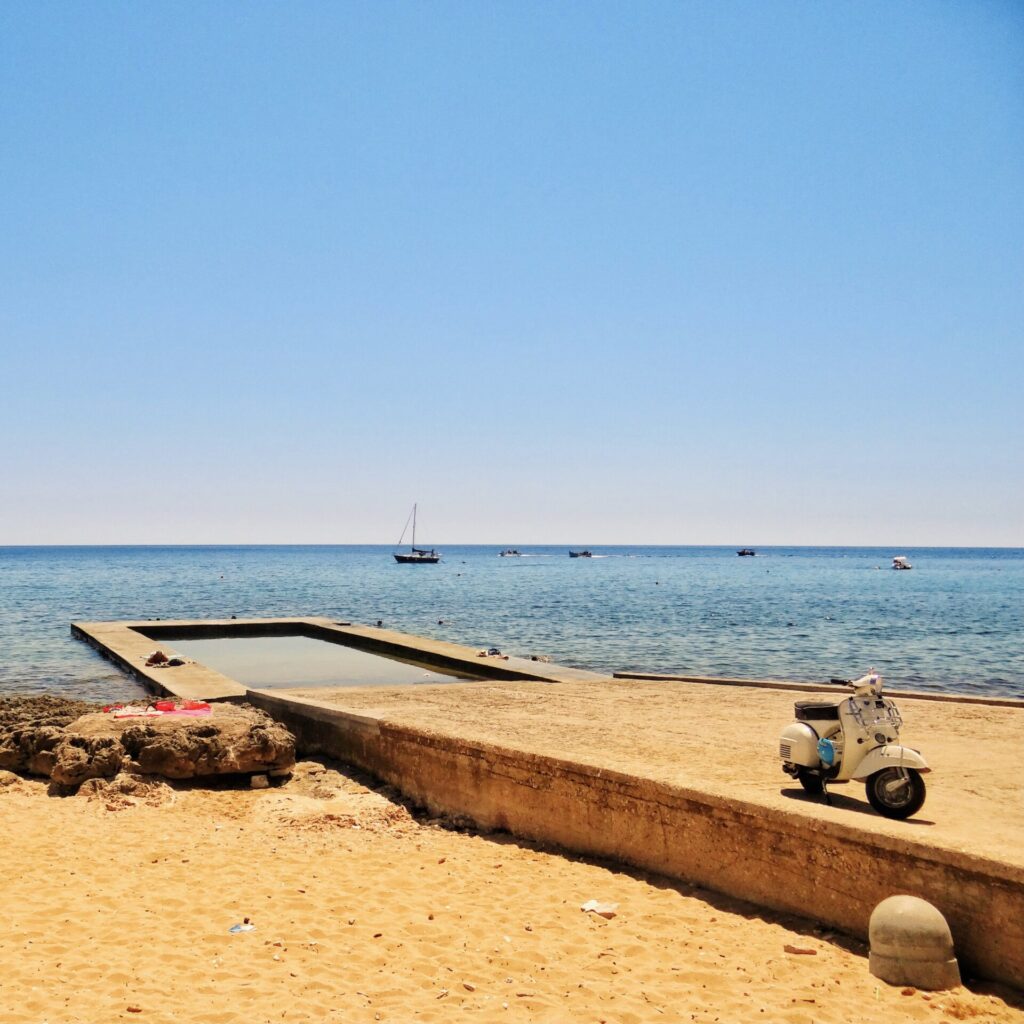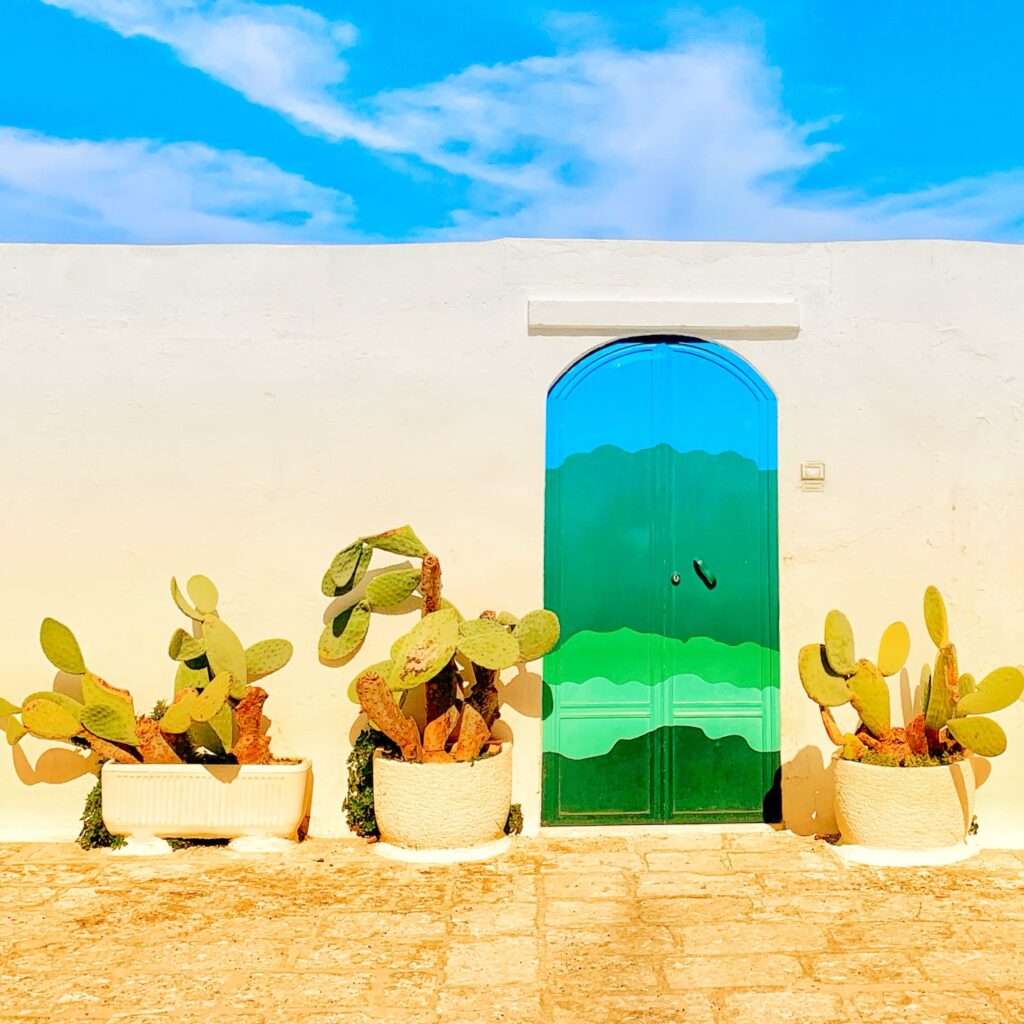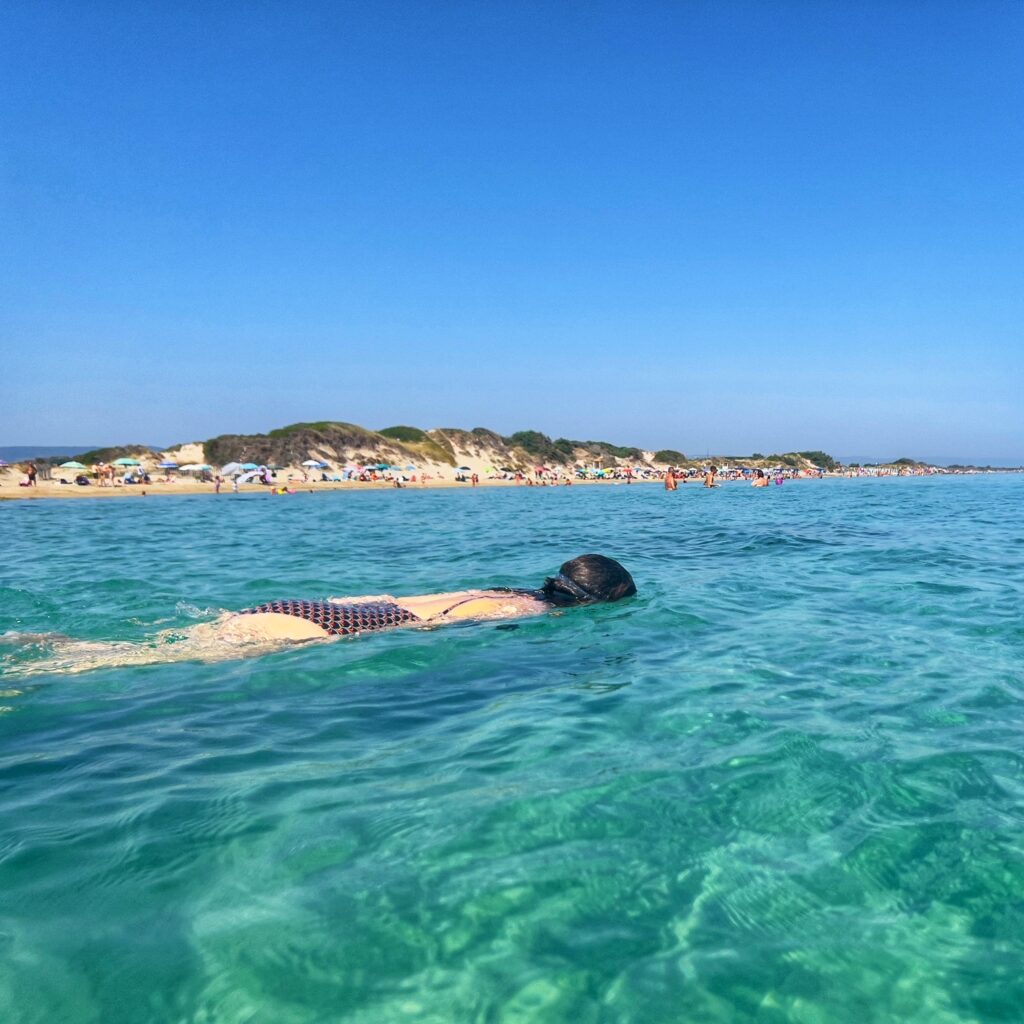Beyond Puglia
Puglia Travel Resources
Why Visit Puglia?
Italians love Puglia. While Italophiles, especially Americans, still boast of the art and architecture of places such as Venice, Florence, Rome, Milan and Naples, with more adventurous travellers venturing to Sicily, Puglia is where Italians visit on vacation.
For Puglia’s spectacular beaches.
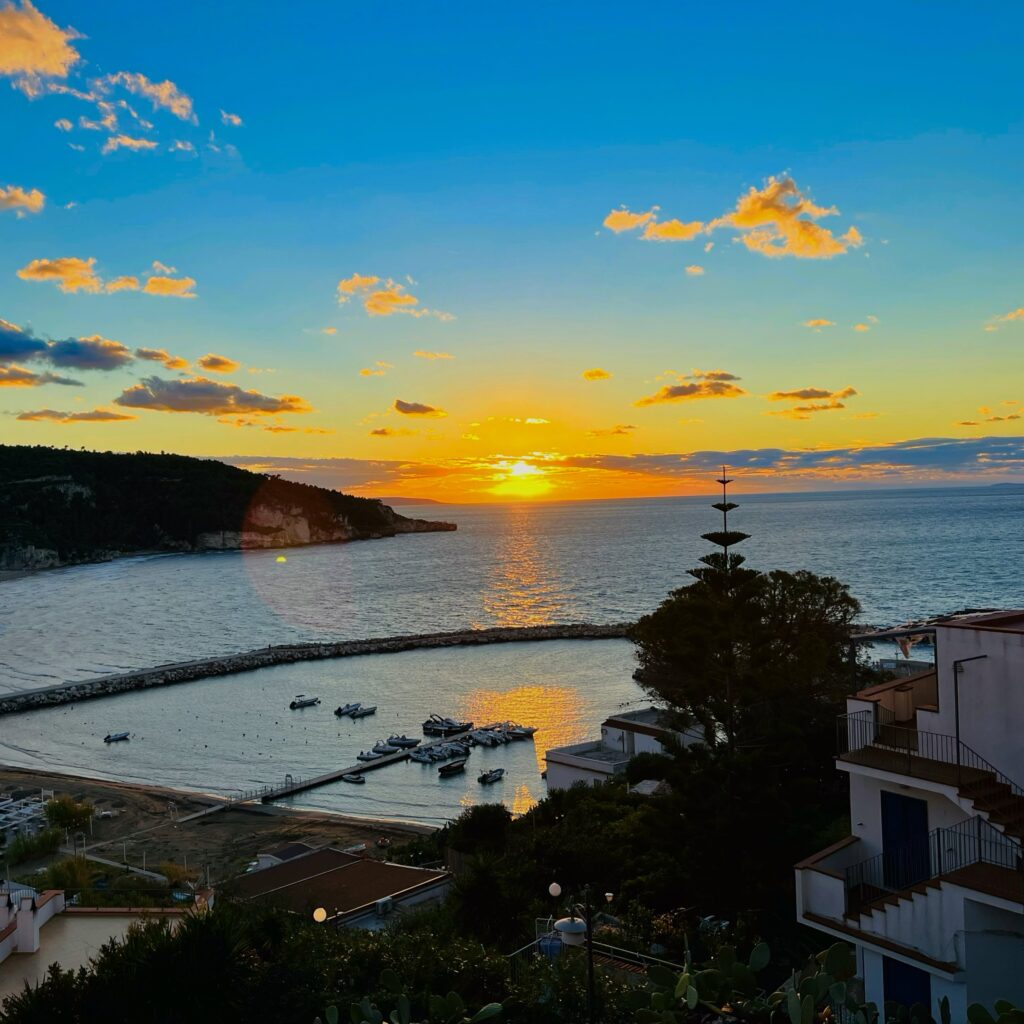
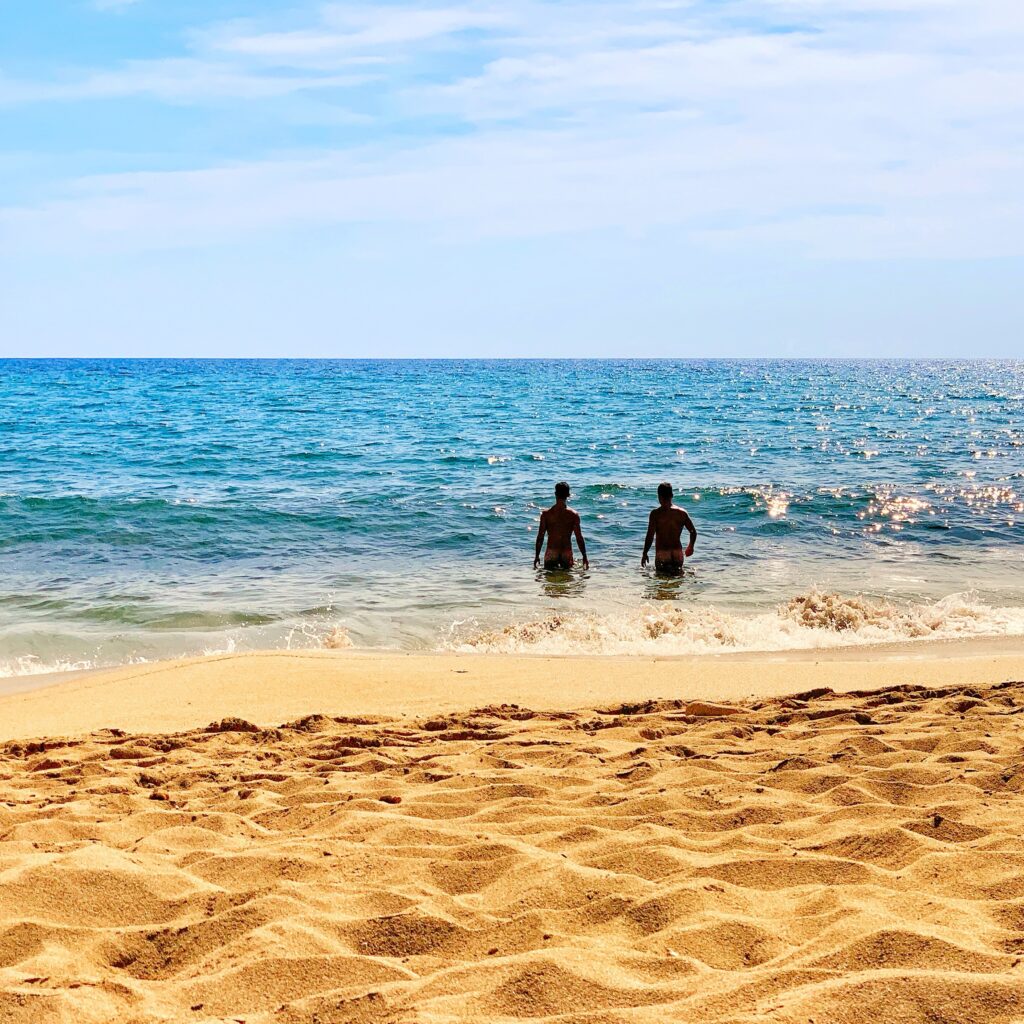
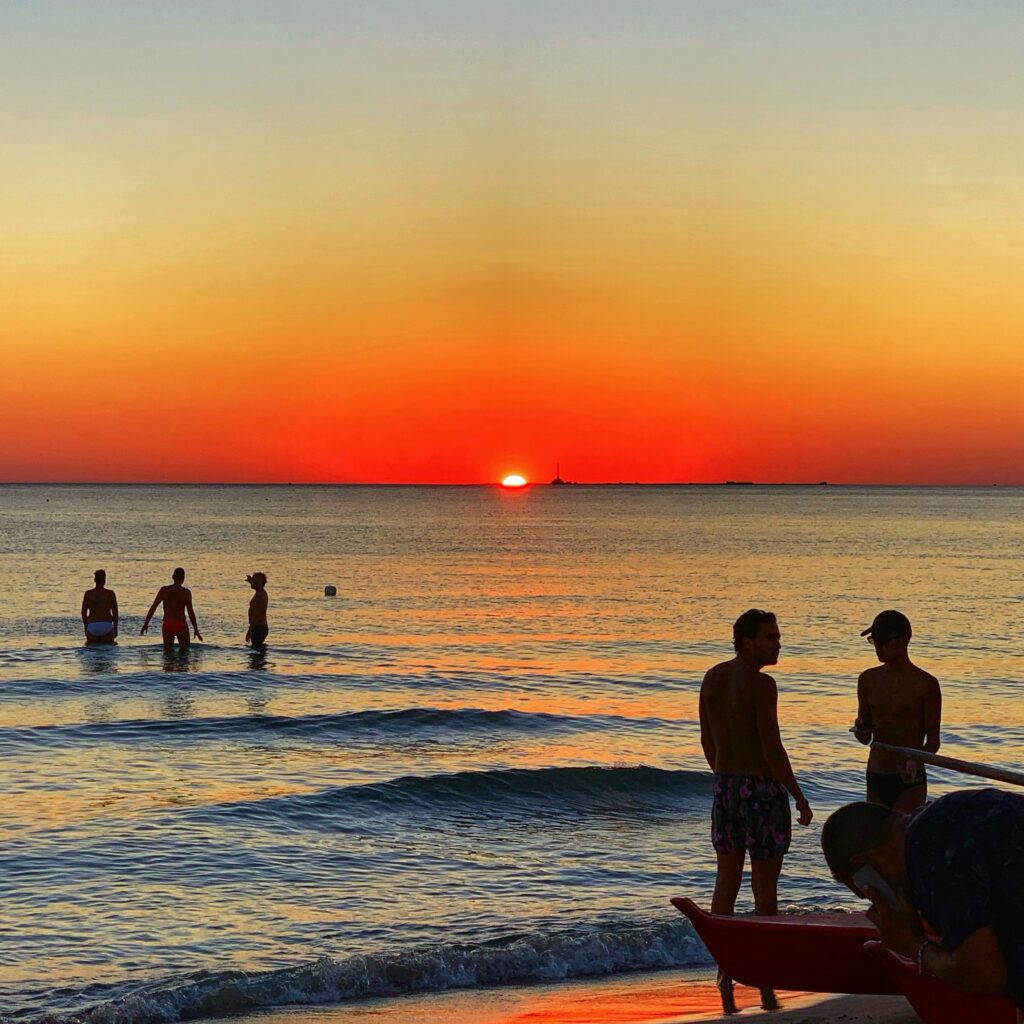
Our region is known as la terra tra due mari – the land between two seas. Sandwiched between the Adriatic to the east and the Ionian to the west, Puglia’s 800km coastline is the longest of Italy’s mainland regions. Stretching from Gargano, a mountainous and verdant peninsula comprising the spur of Italy’s boot, where dramatic limestone cliffs plunge into the deep blue of the Adriatic to Santa Maria di Leuca at the tip of the heel of Italy’s boot, and land’s end. Santa Maria de Finibus Terrae.
Puglia is known for its award winning beaches, and – officially – the cleanest waters in all of Italy to bathe in. Gallipoli’s Punta della Suina regularly tops polls as Italy’s favourite beach and is considered to be one of the best 40 beaches in Europe.
The land between the two seas is one of the most diverse regions in Italy. The expansive Tavoliere, a plain adorned with durum wheat fields around Foggia, transitions southward into the rolling olive groves of the Valle d’Itria, the sprawling vineyards around Manduria, and the prickly pear-lined vistas of the Salento peninsula.
On this journey, discover iconic trulli, whimsical cone-shaped dwellings unique to Puglia. Ancient masserie, once fortified farmhouses to hold out against Saracen invaders, now transformed into luxurious boutique hotels.
Visit Puglia’s famous città bianche. White-walled towns sitting atop hillsides whose historic centres, a maze of whitewashed alleys, wind around their impressive catherdrals. It is no coincidence that these are reminiscent of Greece. The Salento peninsula was once Magna Grecia, greater Greece. In Taranto’s borgo antico the remains of a Spartan temple stand proud. Throughout Salento many towns are still known by their Greek names. Local dialects betray their Greek origins.
Our region was no less important to Rome. The Via Appia, the Appian Way, finds its way through Puglia before terminating in Brindisi, one of the Mediterranean’s first great ports. It was here the Crusaders set off to the Middle East.
For A Slower Pace of Life
Time and tide wait for no man. Not for the northern Italian, not even for Puglia’s American visitors. All year round we embrace la pausa (our local siesta time). Visit in summer and you will understand that this is not an indulgence, but a necessity!
Northern Italians may be critical of southern Italy’s split working day. Yet it’s one of the reasons they flock here. To experience la dolce far niente. It’s the time just after noon until 4pm when a lazy lunch is served before retreating to the shade, or dipping a toe in the pool. It’s the evening passeggiata ritual that follows the golden hour when aperitivi are served on every piazza.
In Puglia we embrace a slower pace of life. It’s part of our culture, reflected in all aspects of life and daily rituals. From the frustrating service of southern Italian burocrazia to la pausa and the evening passeggiata.
La Pausa
We work a split day. Most shops close from around 1pm – 4.30/5pm staying open until around 8pm. Restaurants tend to finish their lunch service around 2.30pm. Don’t leave lunch too late or you just might miss out.
Apertivo Time
As towns reawaken after la pausa, join us for an aperitivo on the terrace of our favourite bar. Enjoy a cocktail – usually an aperol spritz (though that is enjoyed all day long – don’t be surprised to see someone order lo spritz from 10am) with stuzzichini to nibble on. An apetiser before a late dinner. It’s unusual to see Pugliesi eat out before 9/9.30pm. The only diners in restaurants before then tend to be foreign visitors, or northern Italians.
La Passeggiata
The evening passeggiata is a time honoured tradition when families dress up and take to the main piazza for a late evening stroll – until very late on balmy summer nights – to see and be seen.
Puglia | Italy’s Foodie Heaven
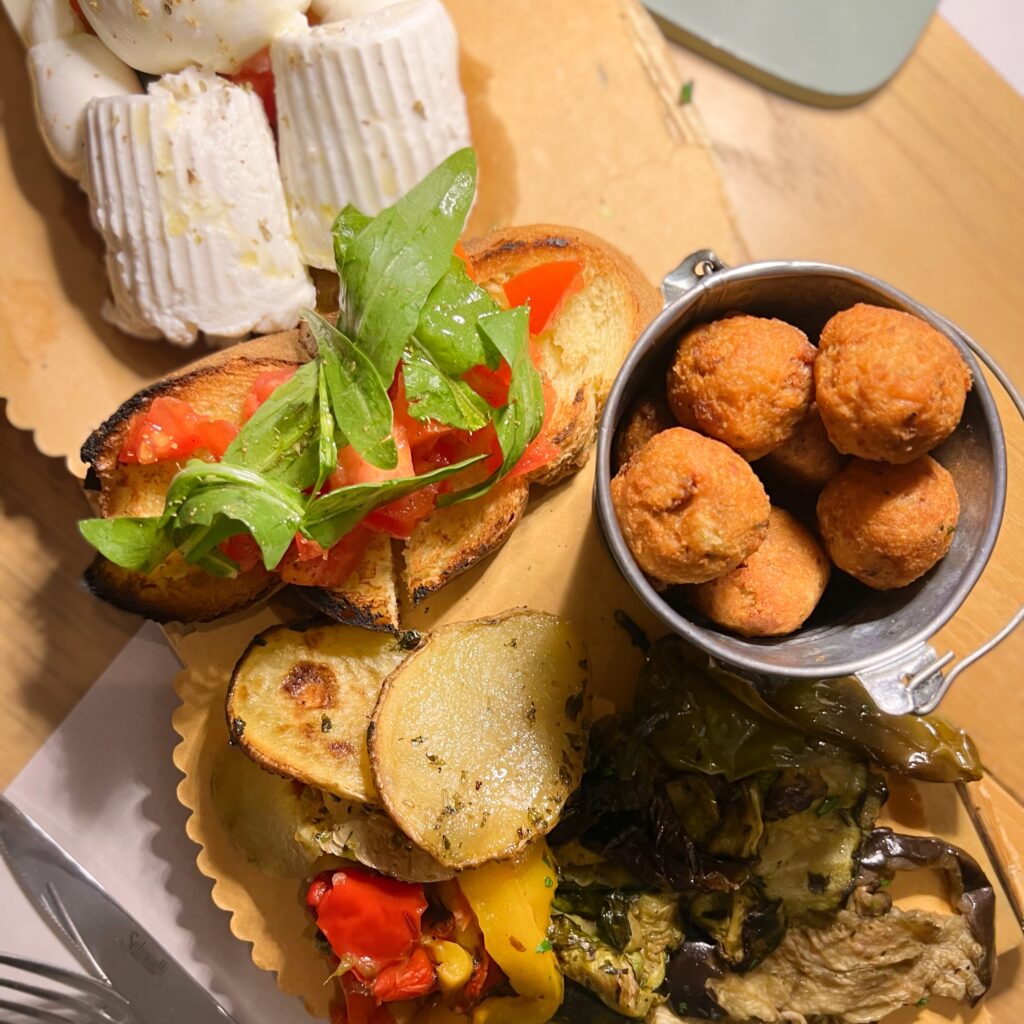
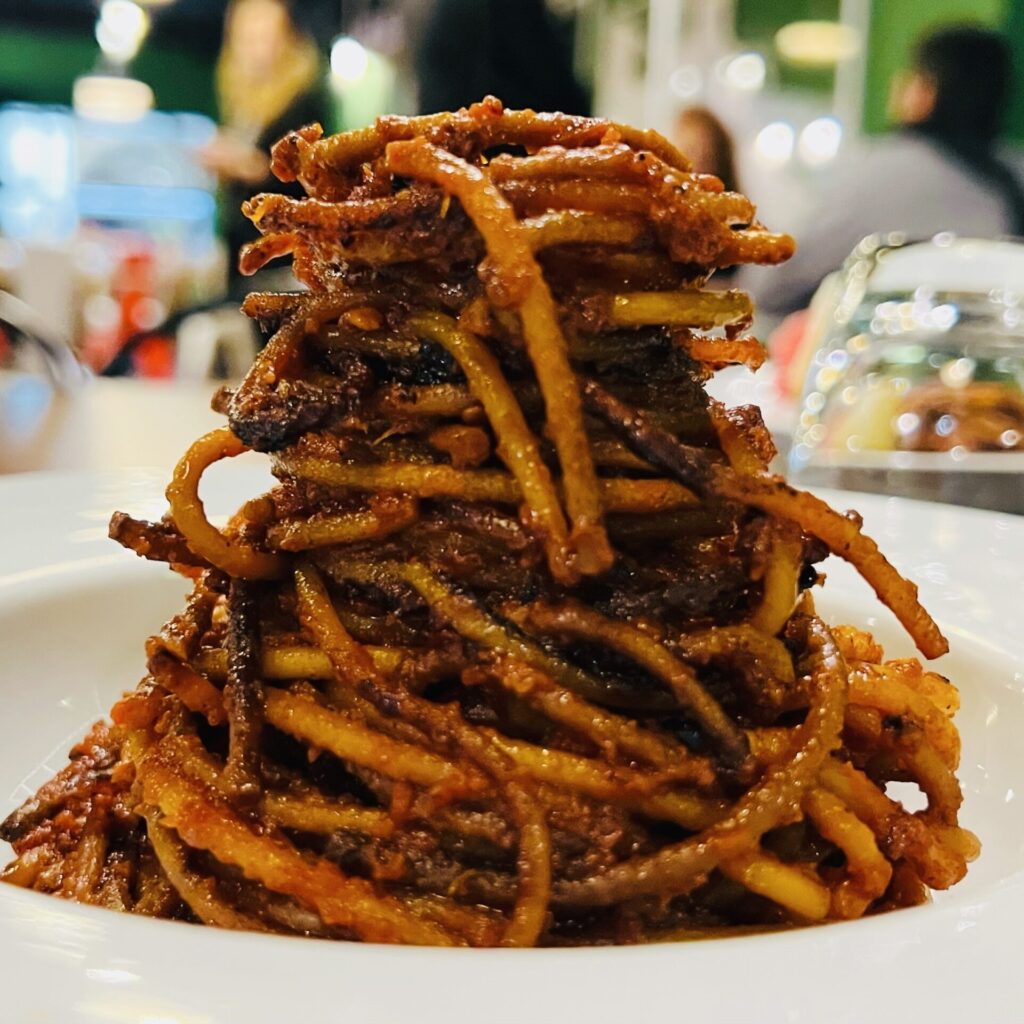
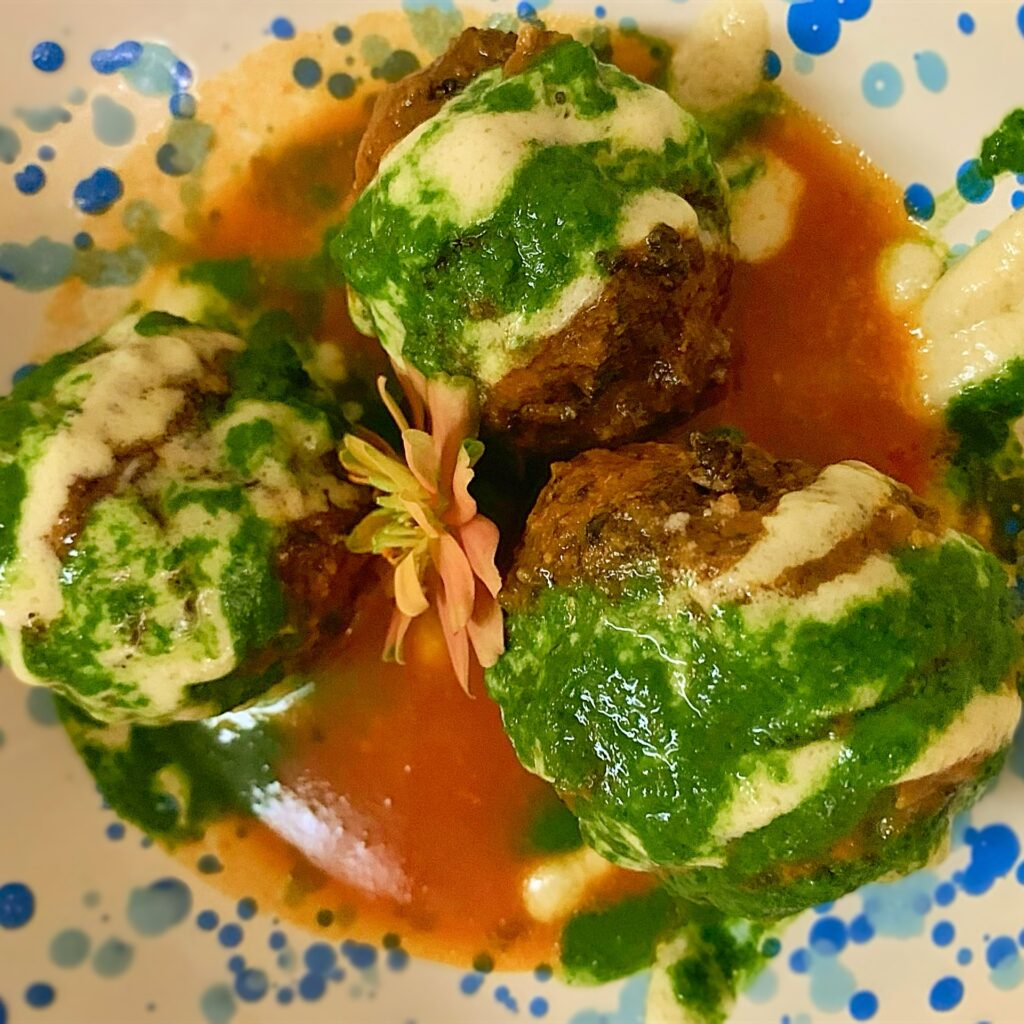
Puglia – situated in the heel of Italy […] arguably the best food in Italy.
Carmen Roberts, BBC TV Travel Show presenter
Puglia is known as the breadbasket of Italy. Our region’s fertile red soil and climate make Puglia one of Italy’s top durum wheat producers. We are the top regional producer of Italian olive oil – accounting for almost 40% of Italy’s liquid gold, producing some of Italy’s best tasting and most prized oil. Our region is the top producer of Italian red wines, overall Italy’s 2nd top regional wine producer after Veneto. And Puglia gave the world burrata.
Slow-food is not a gimmick, rather a tradition. La cucina povera (literally poor cuisine) serves up simple but inventive dishes using seasonal, locally produced, fresh and flavorful ingredients. Most dishes use only a few ingredients and very little goes to waste. Humble and frugal, the end result is much more than the sum of its ingredients.
Just as visitors come to Puglia for its beaches, so too do they for its cuisine. Puglia is considered to be the 3rd most visited foodie destination in Italy.
Good food is easy to find. Generally Italians don’t tolerate bad food. In Puglia you do not need to spend a lot of money to eat well. There are fine dining options, but some of the best meals we eat are at a local trattoria or osteria. Simple, delicious and inexpensive.
With 800km of coastline fish and seafood play a major role at the Puglia table, though our signature dishes are orecchiette con cime di rape, polpette, fave e cicoria and the unmissable spaghetti all’assassina. Concerns over sustainability mean there is a 3-year ban on harvesting ricci di mare – sea urchins – from Puglia’s shores but cozze tarantine (fresh mussels from Taranto’s mare piccolo) are plentiful and absolutely delicious.
The Puglia Guys local guides to Puglia include city guides listing our most popular destinations. They include listings for the best restaurants and bars, what to see and do and where to stay. The guides are made in Puglia, based on local experience. All accommodation, meals and drinks are paid for. Reviews and recommendations are independent and based on our experiences.
